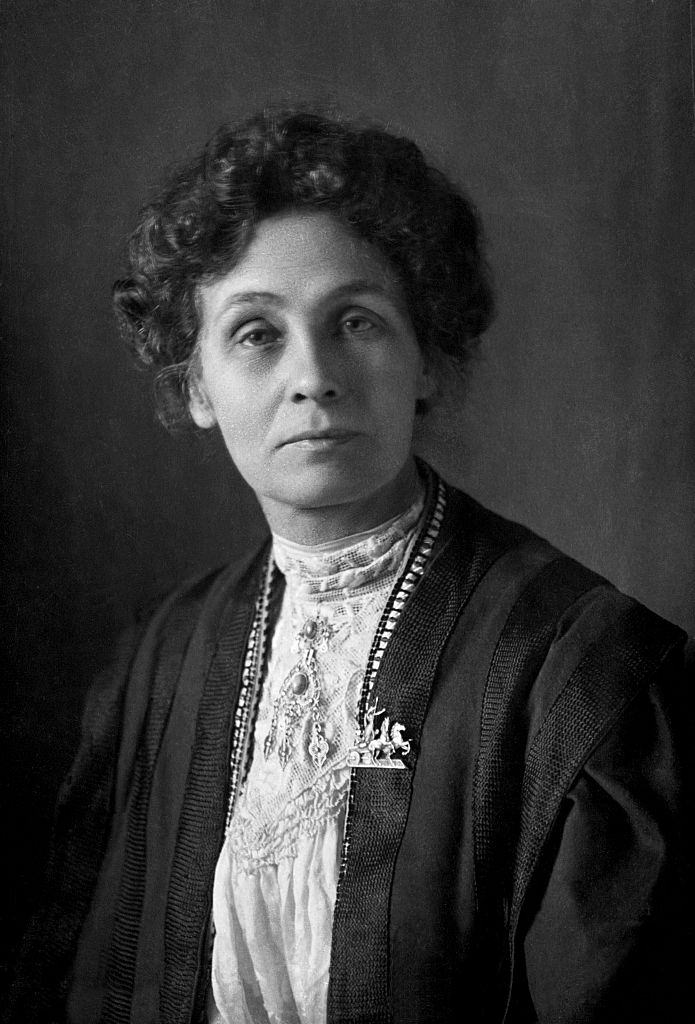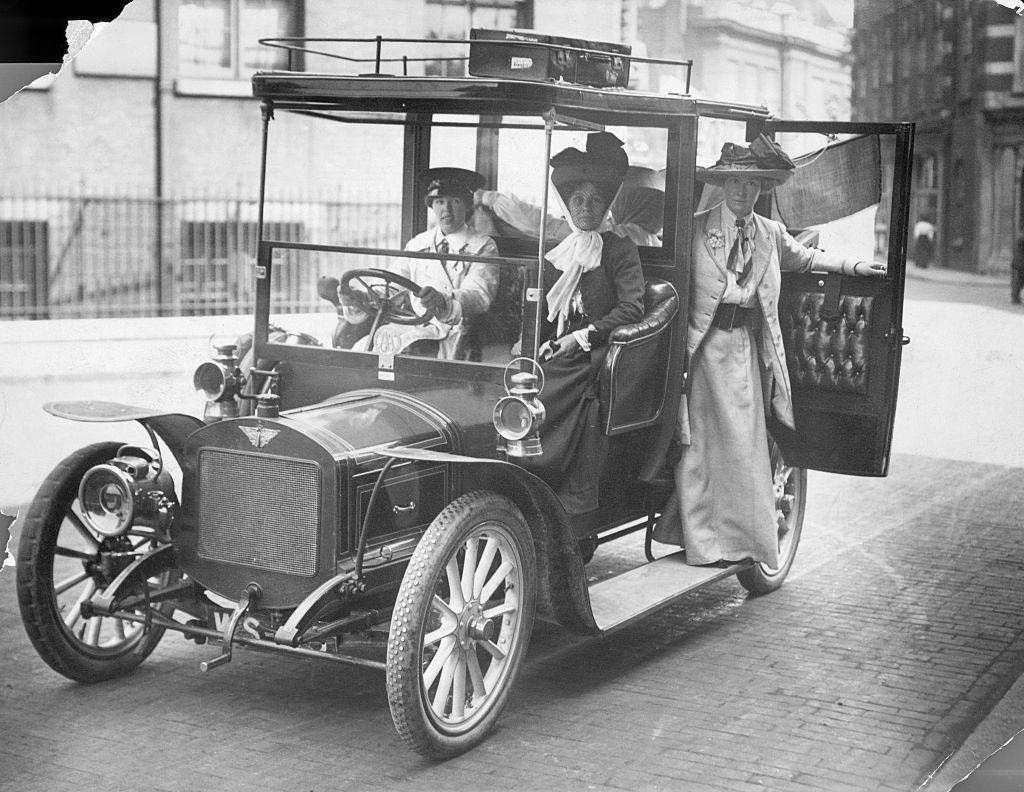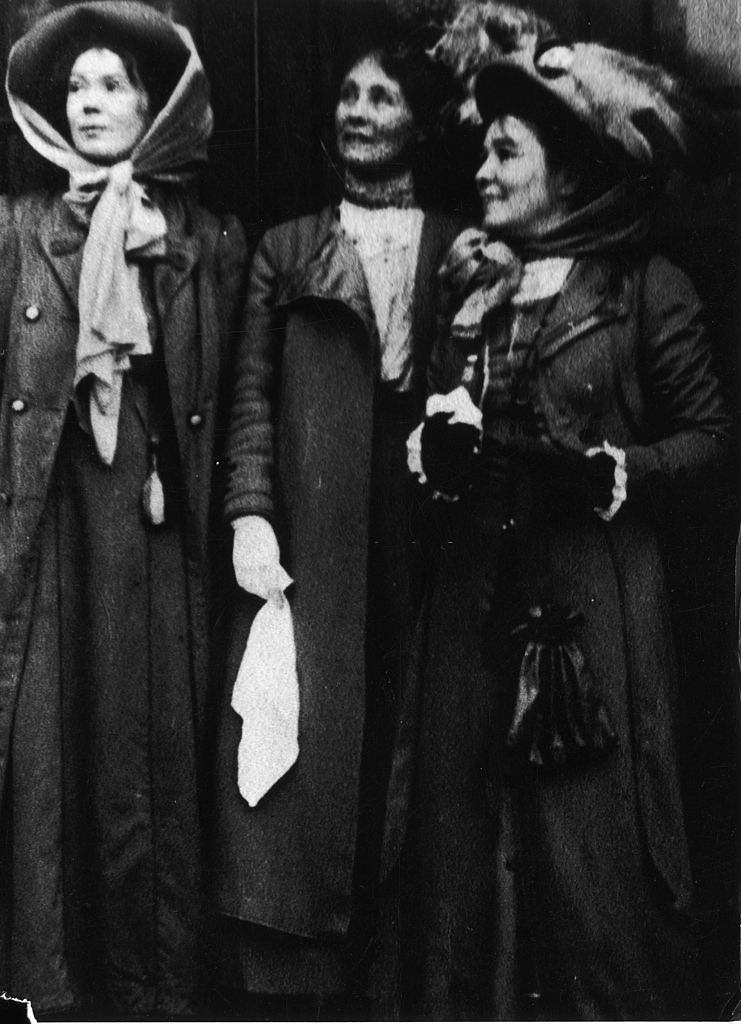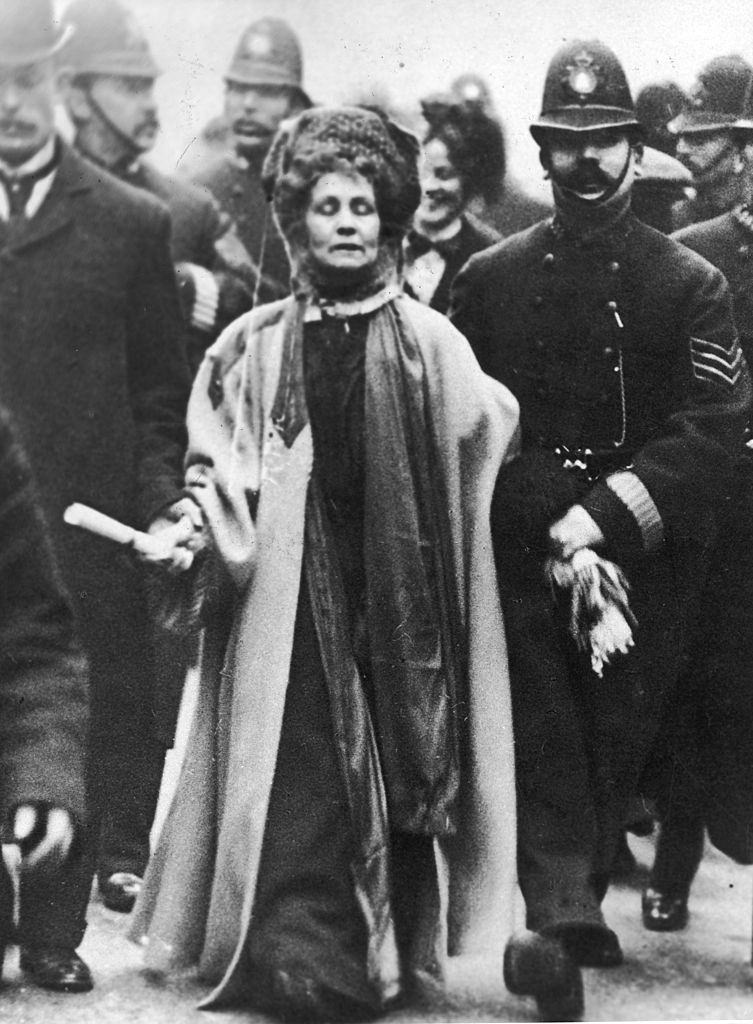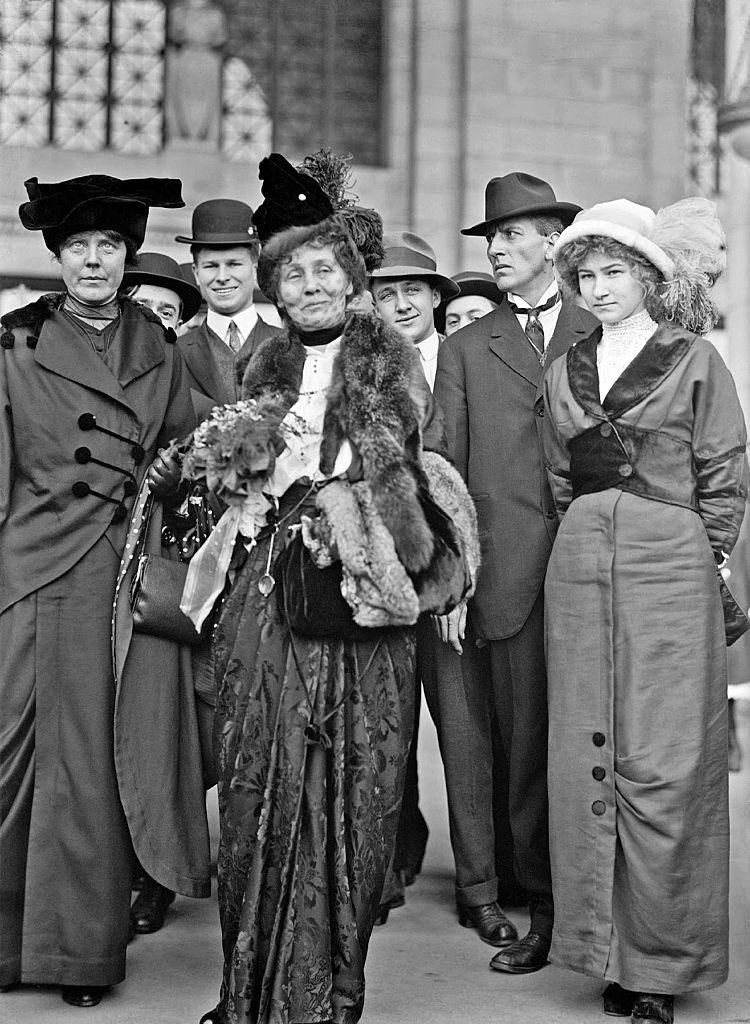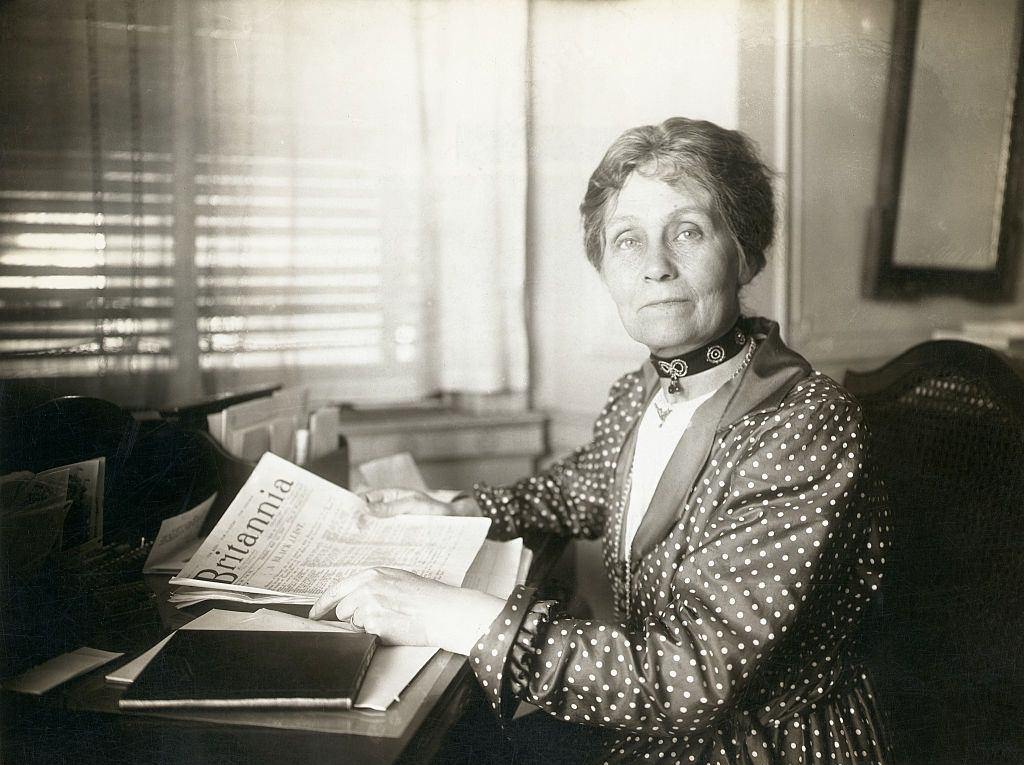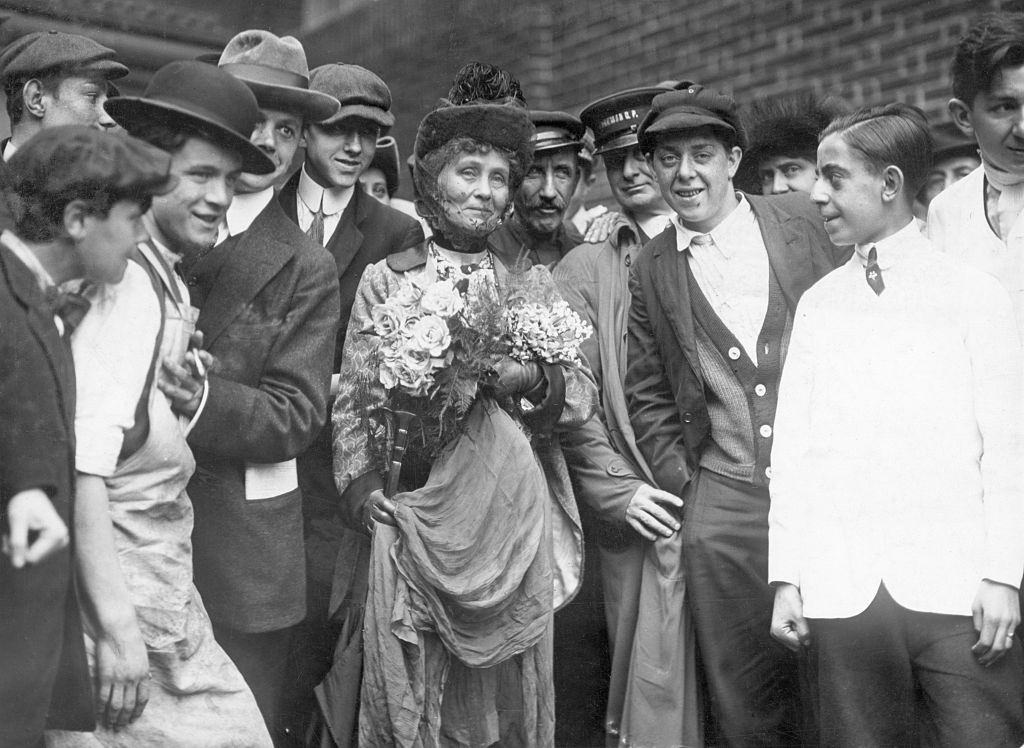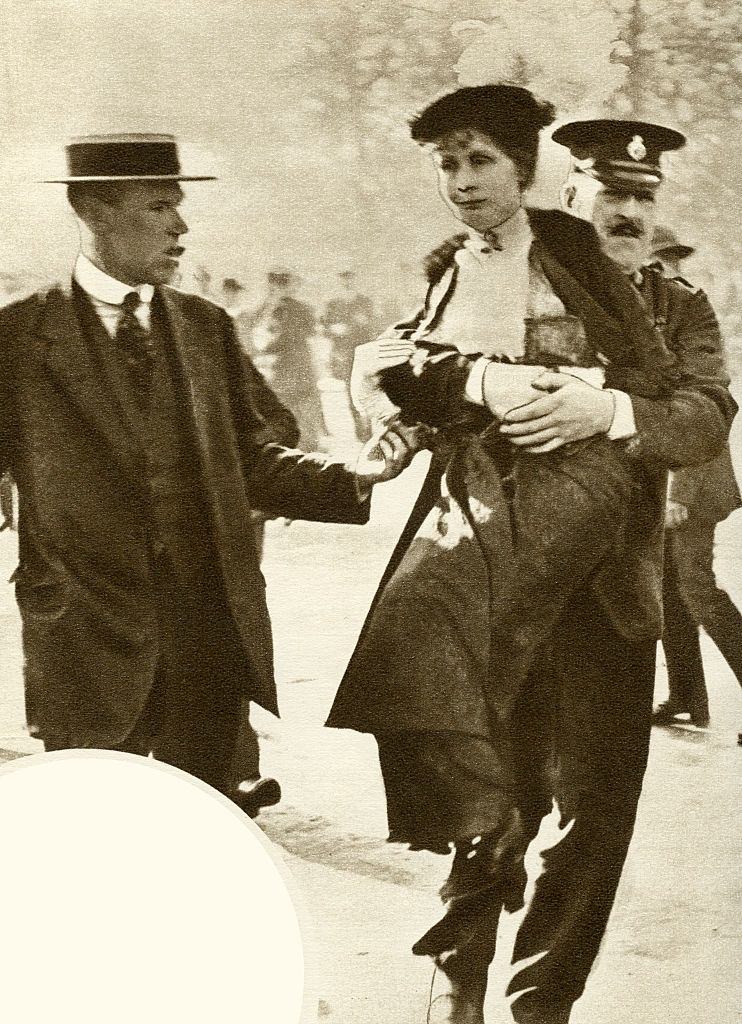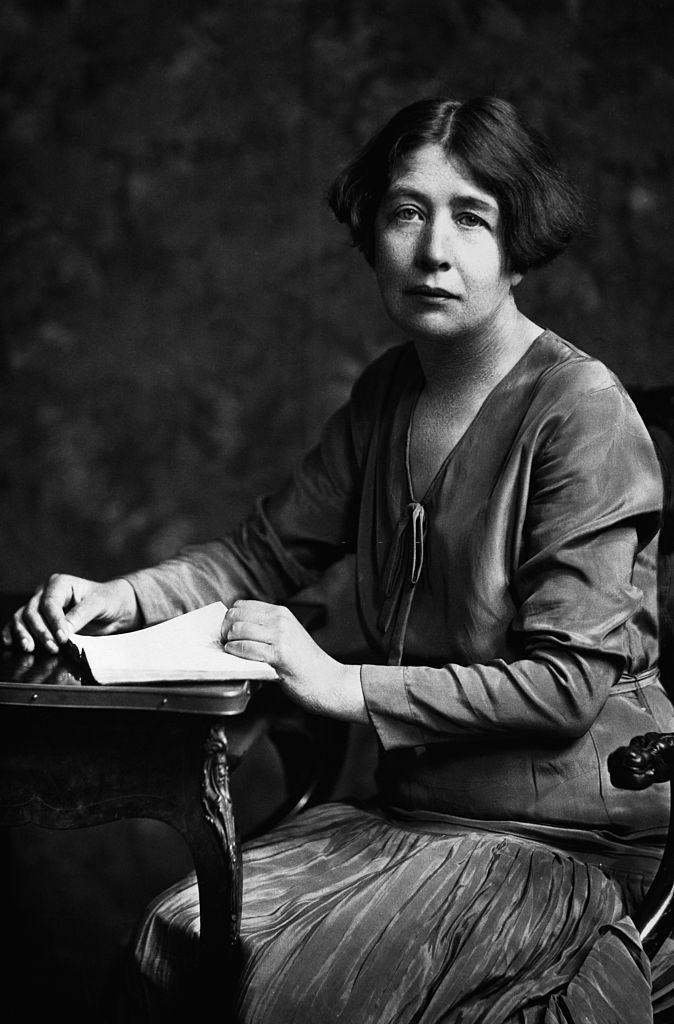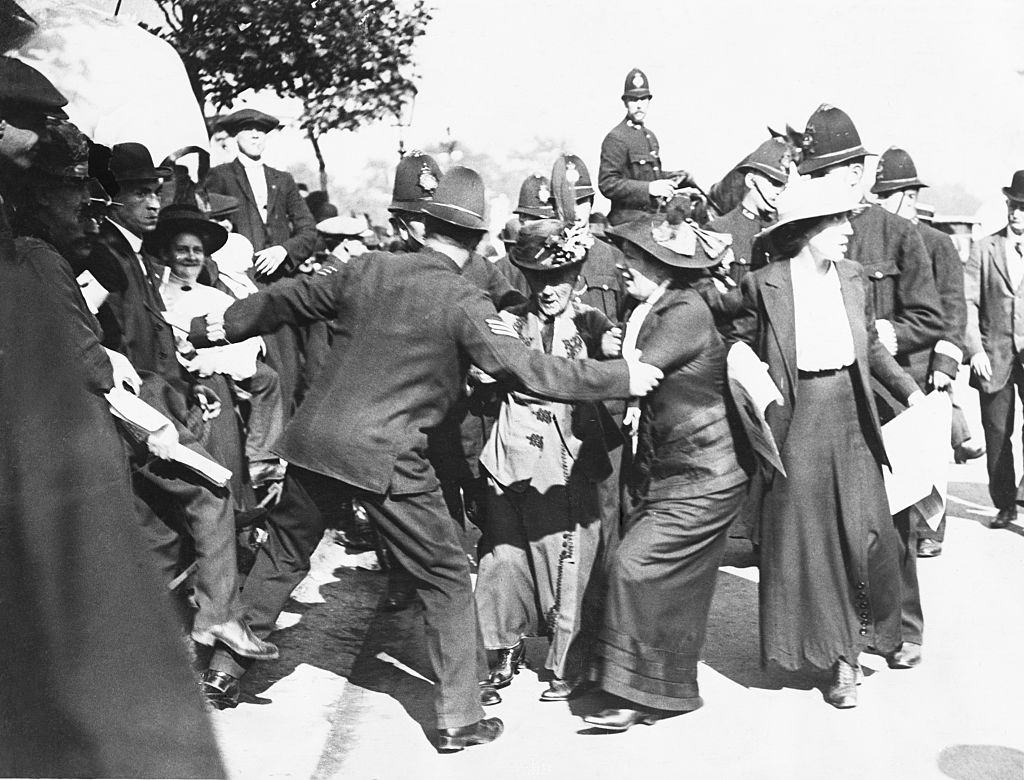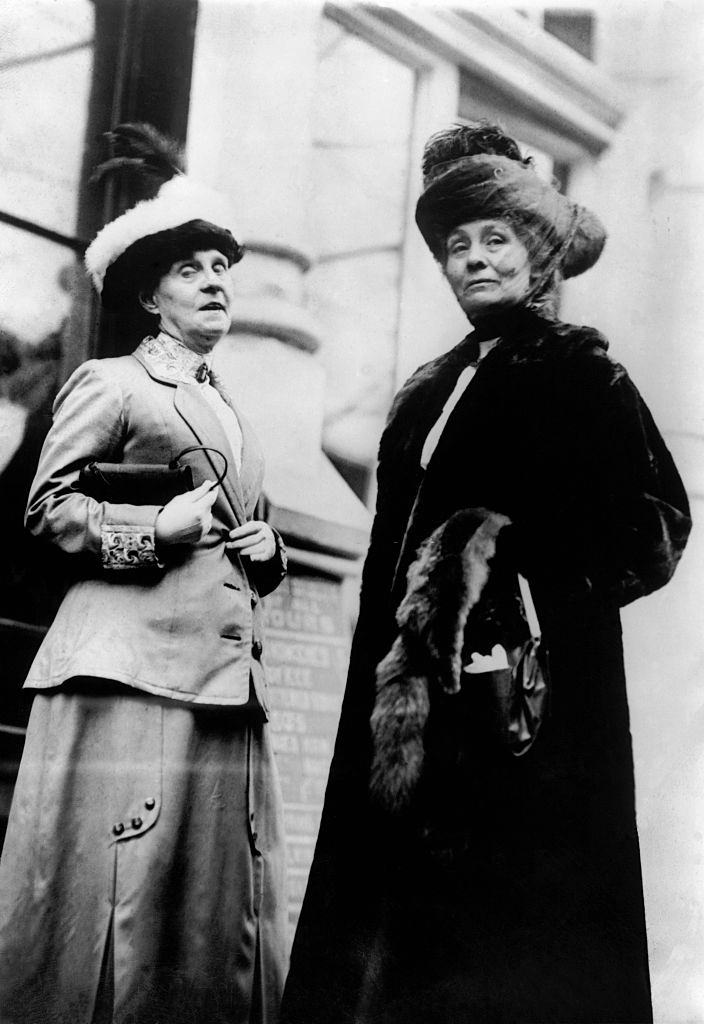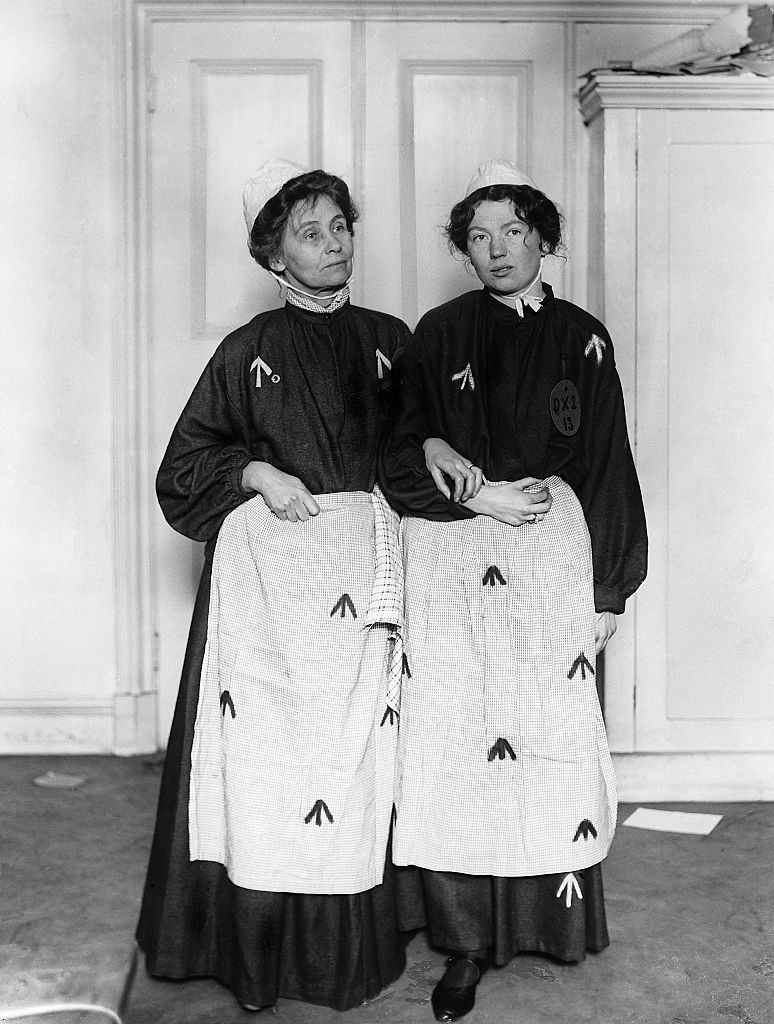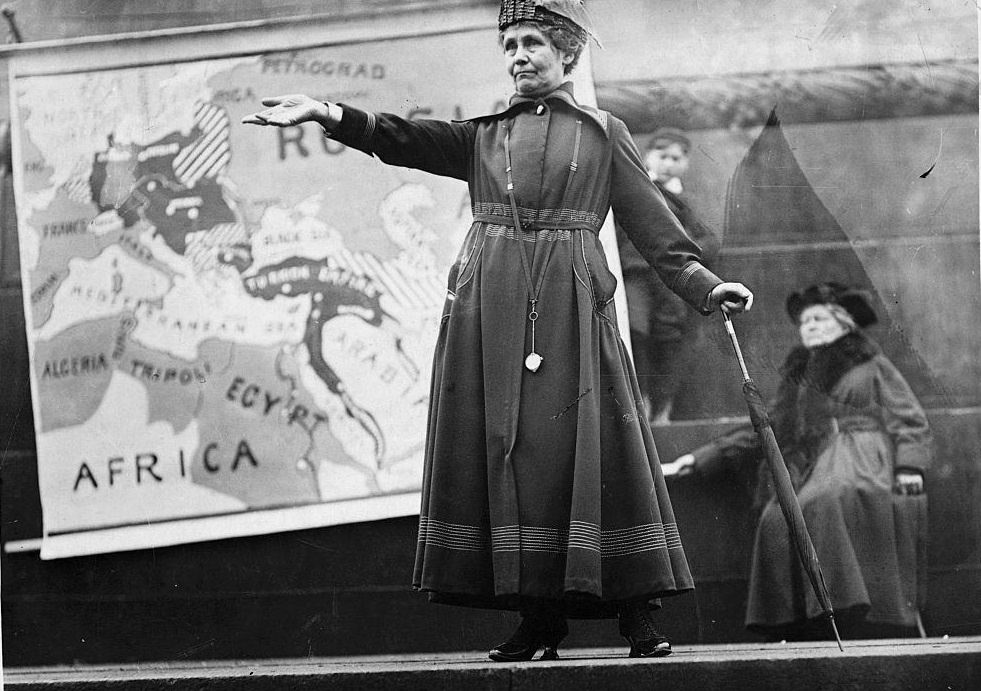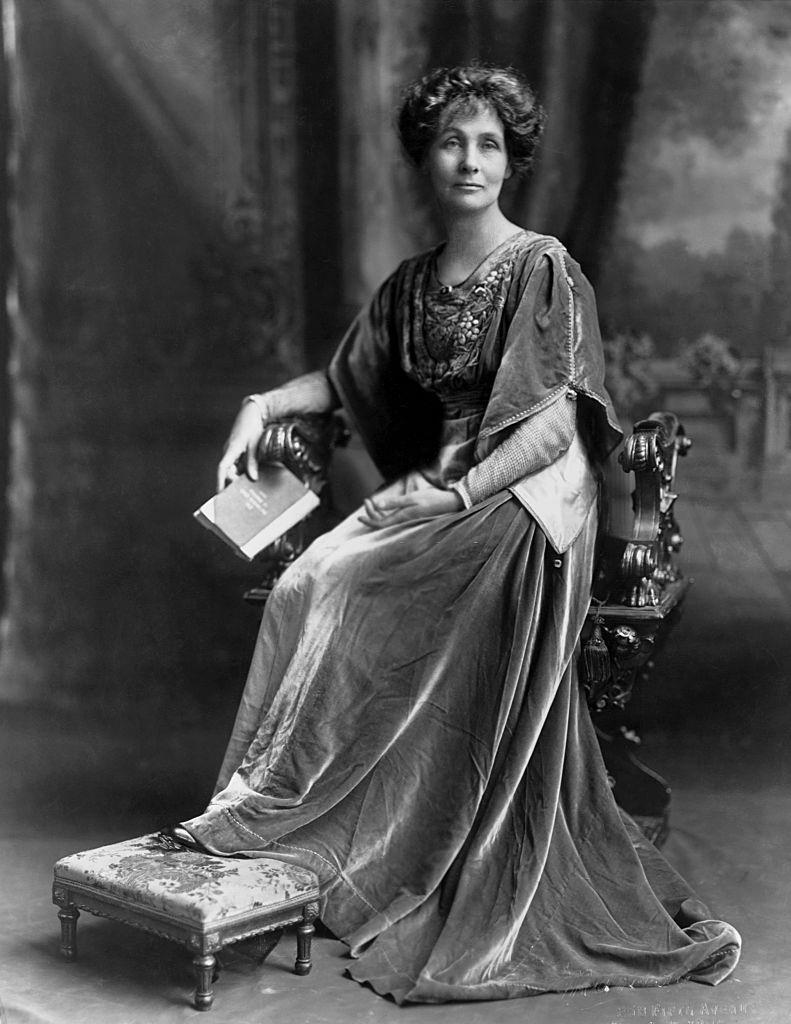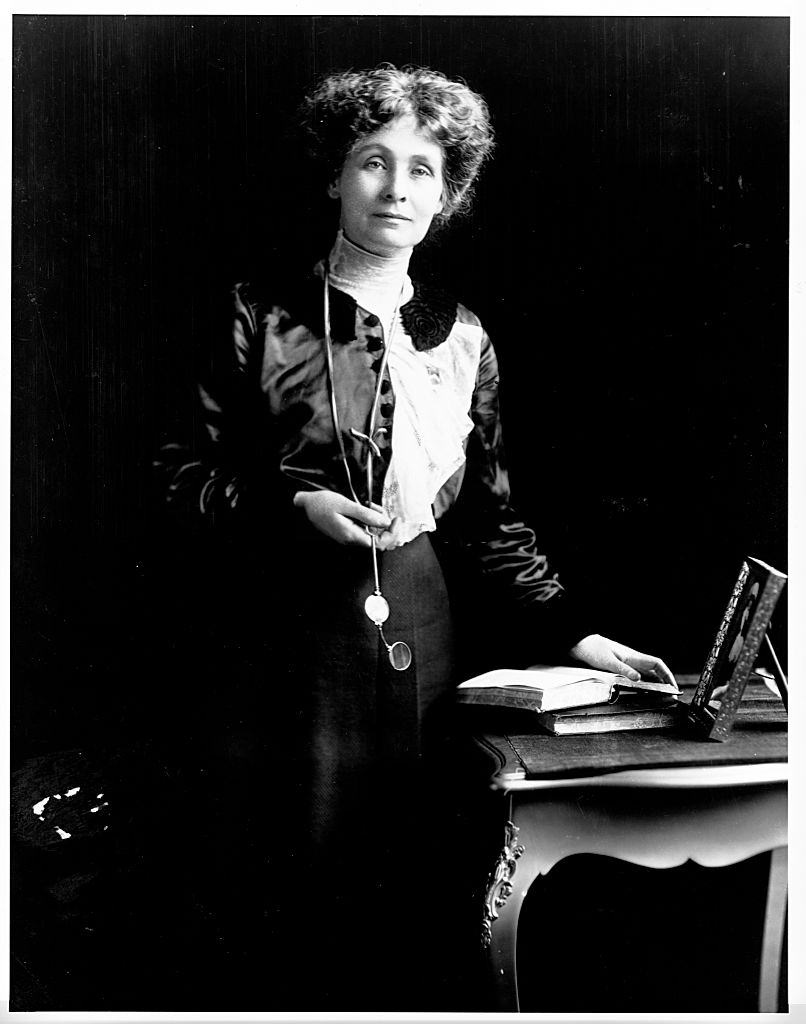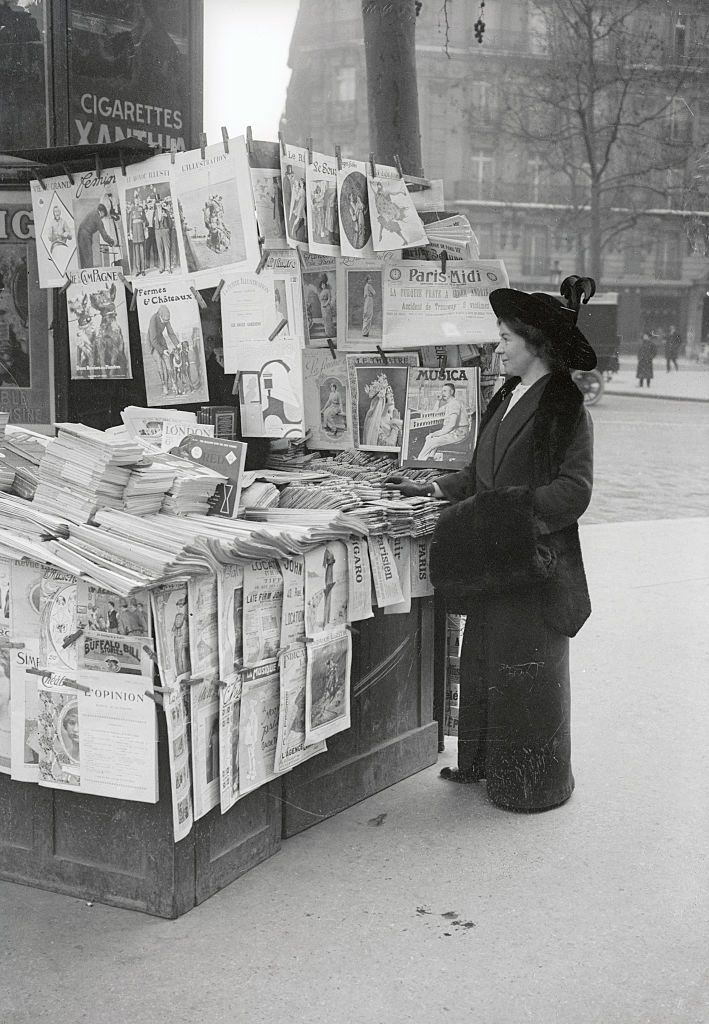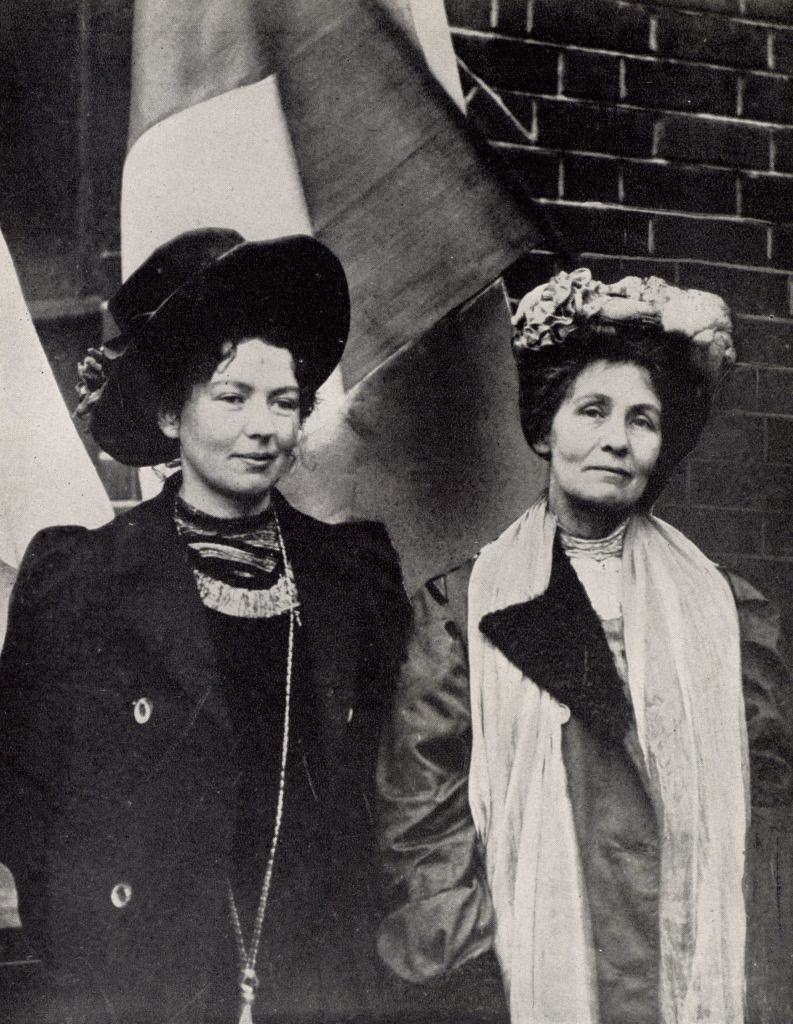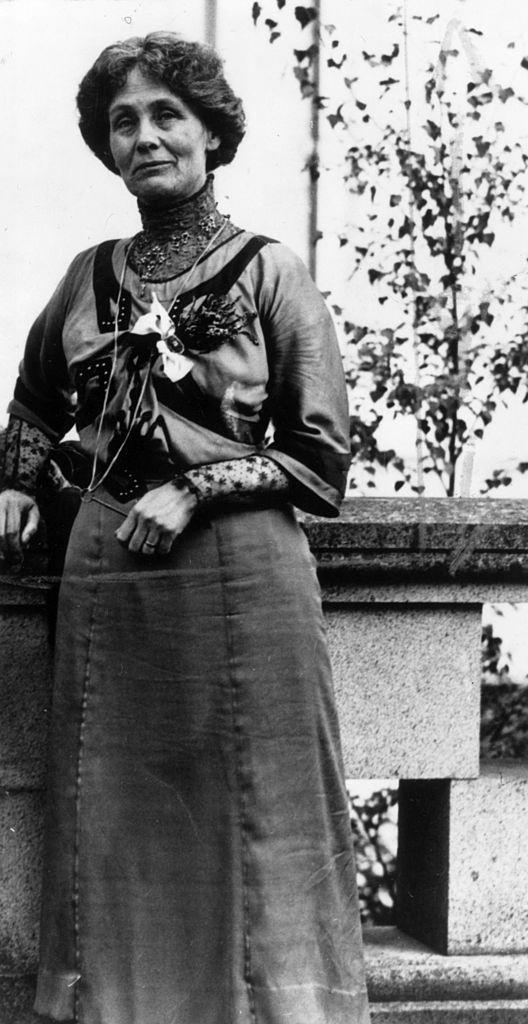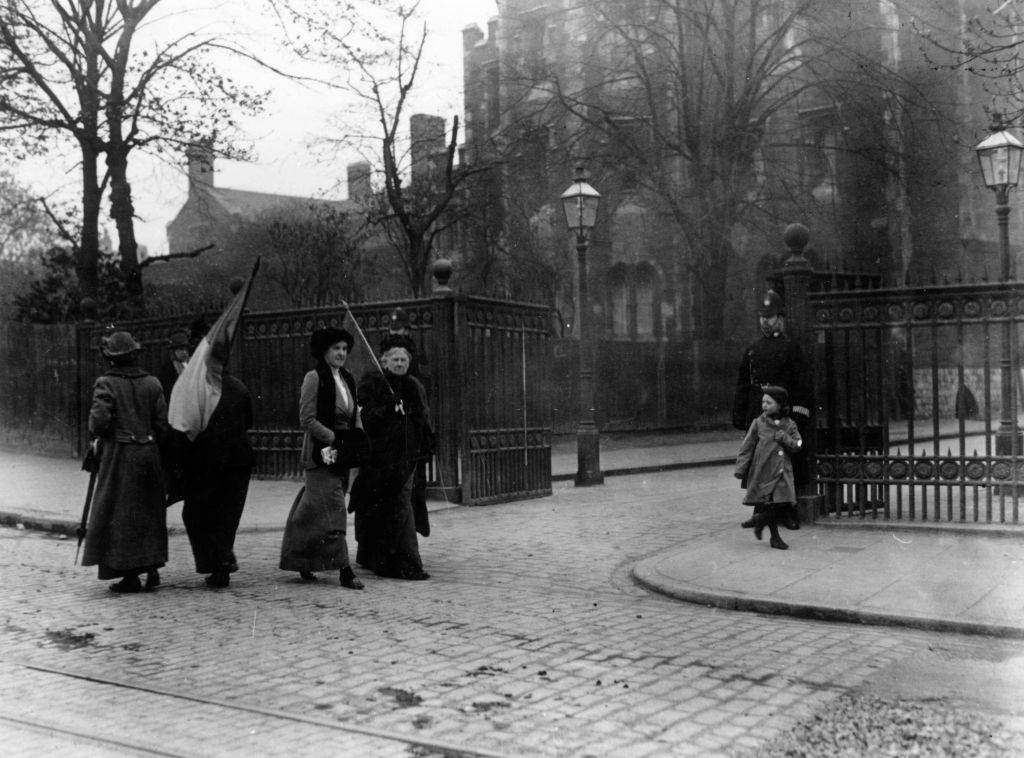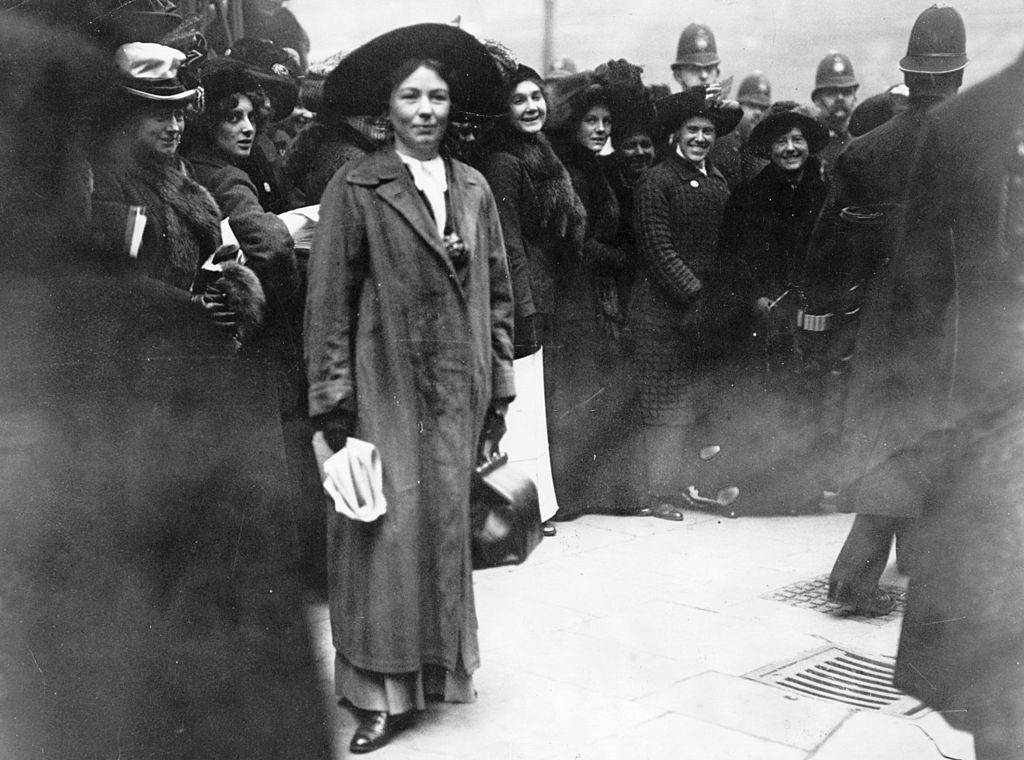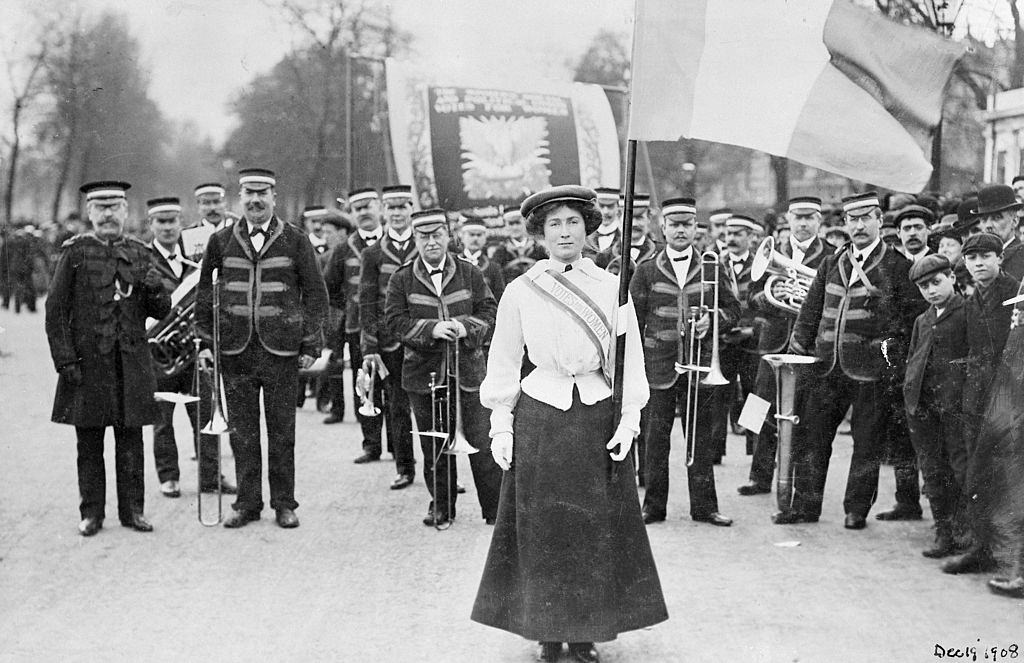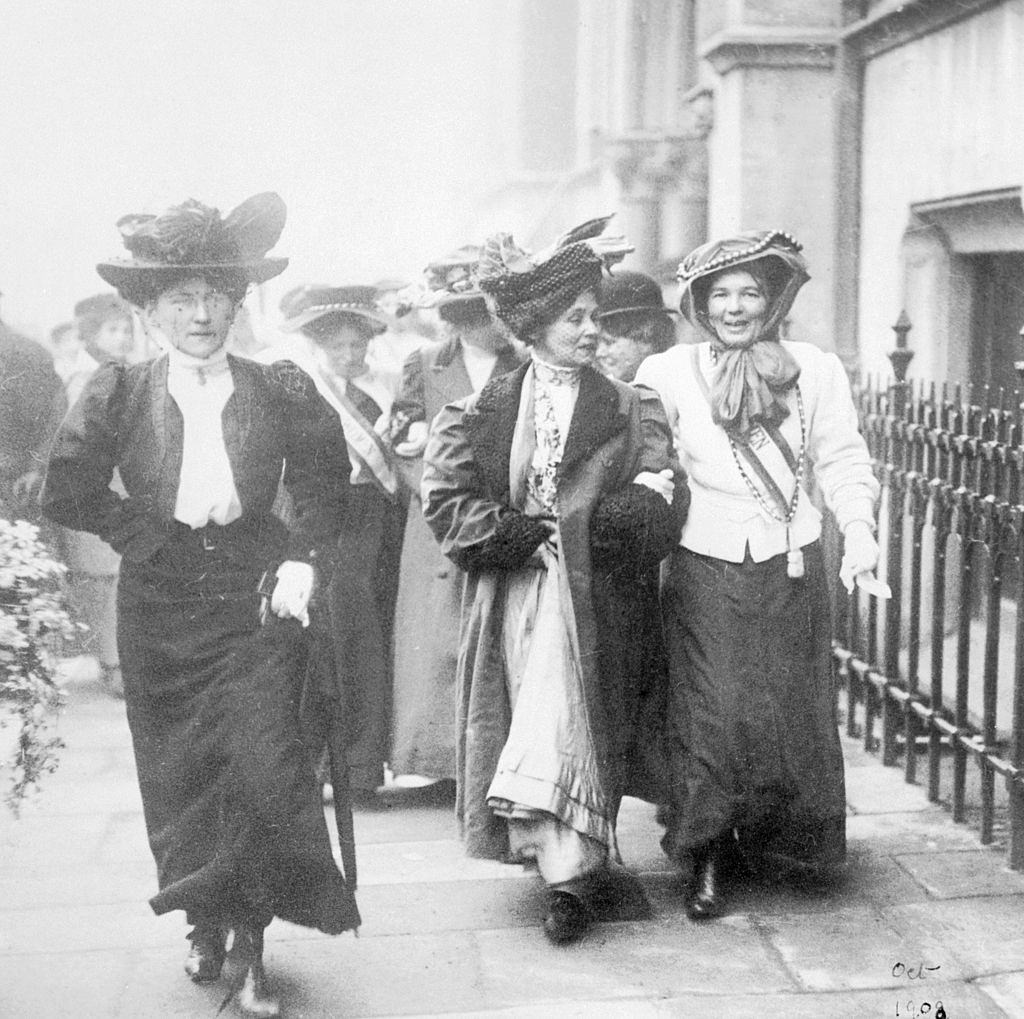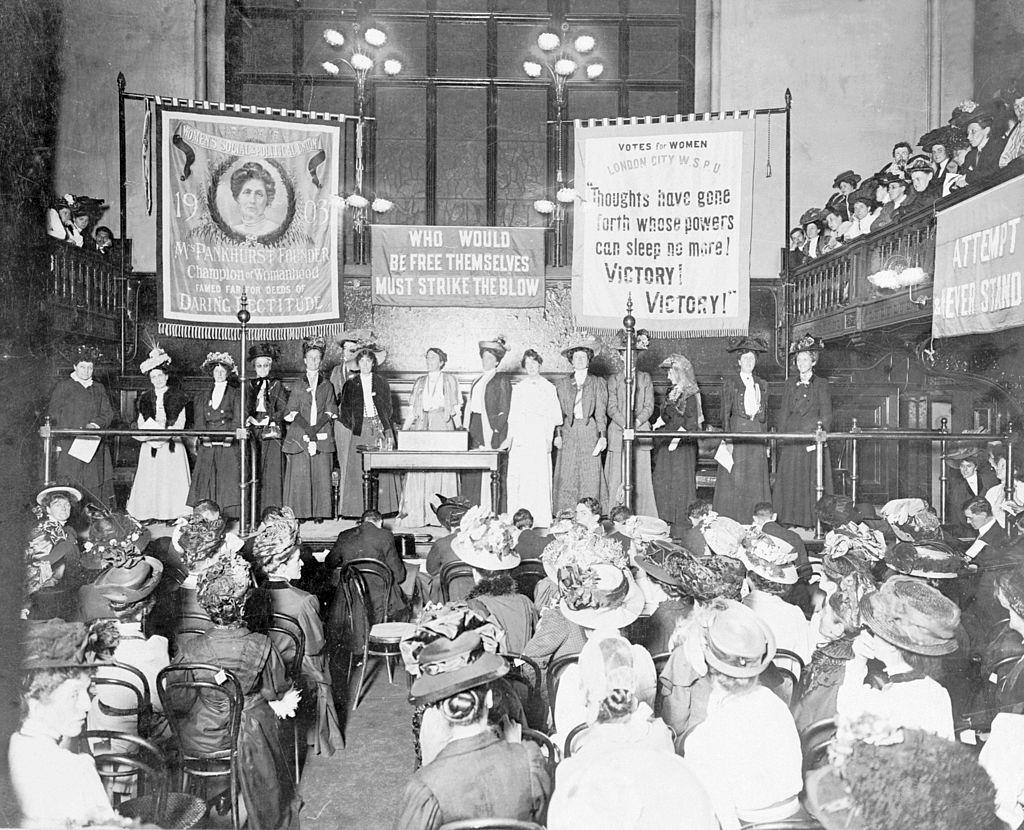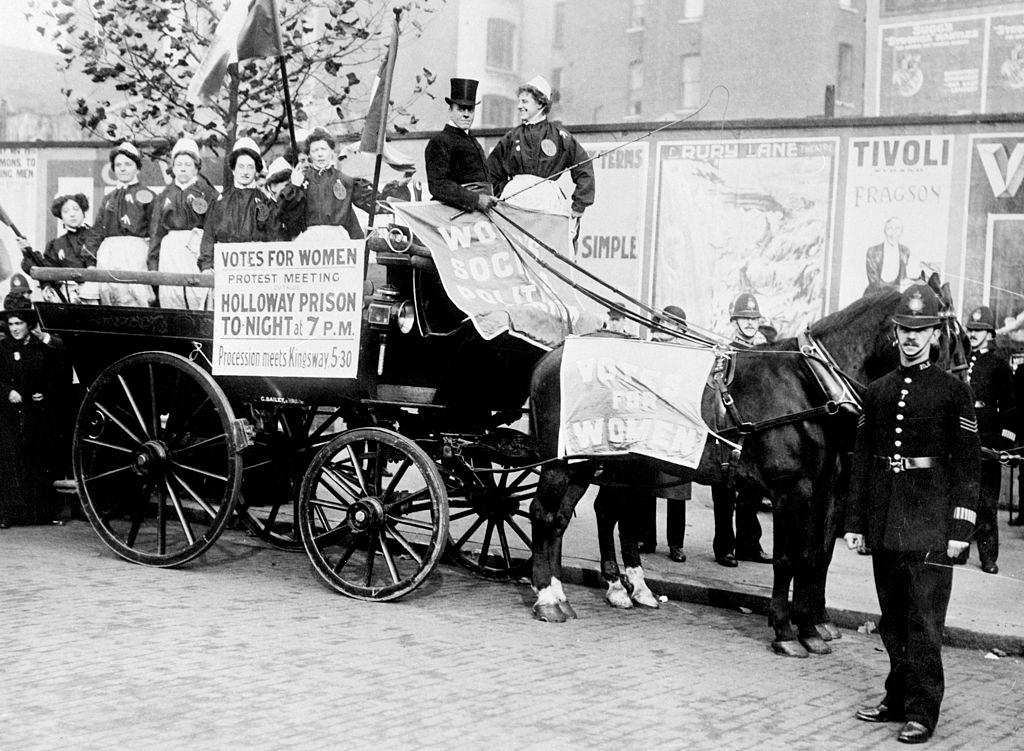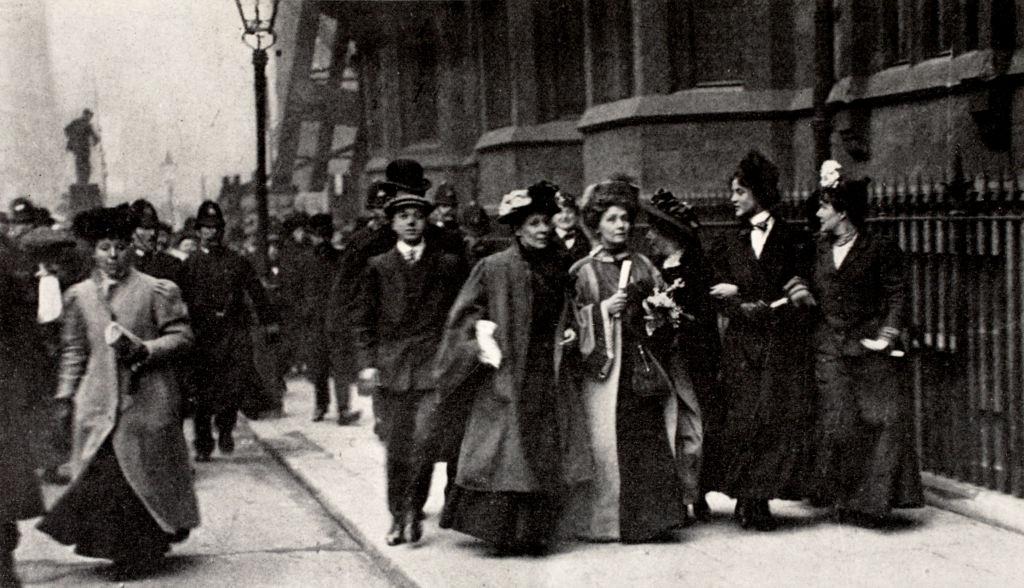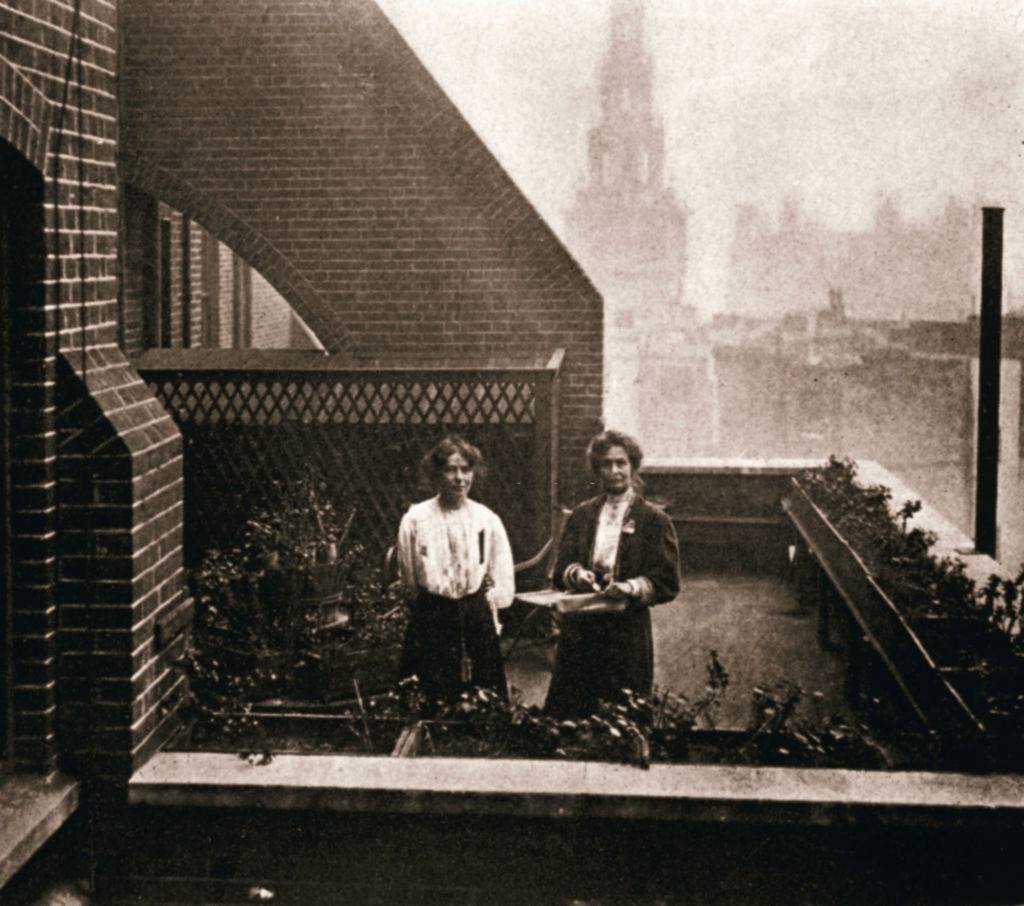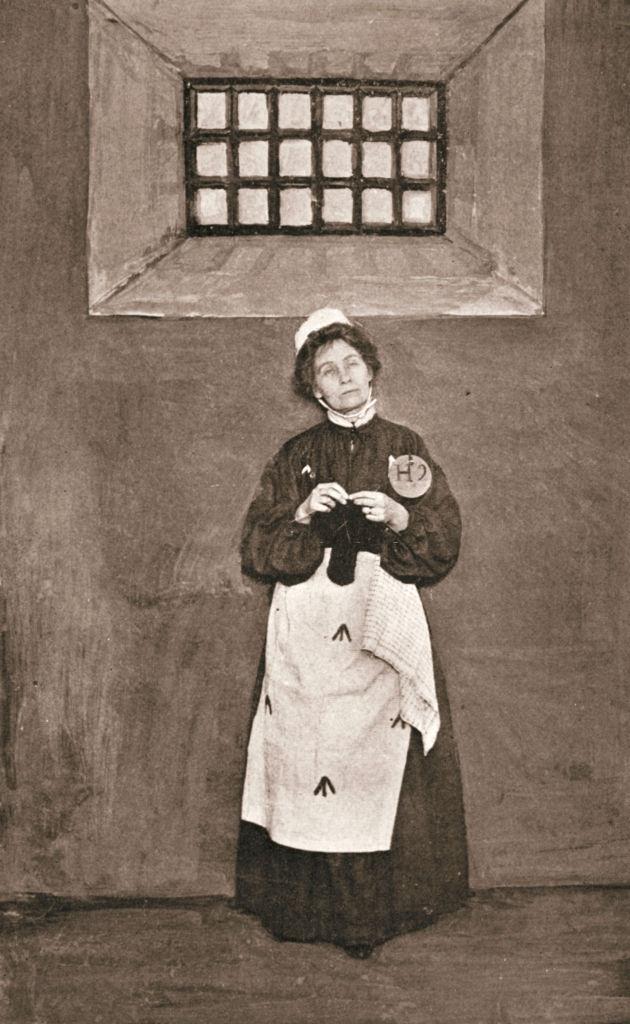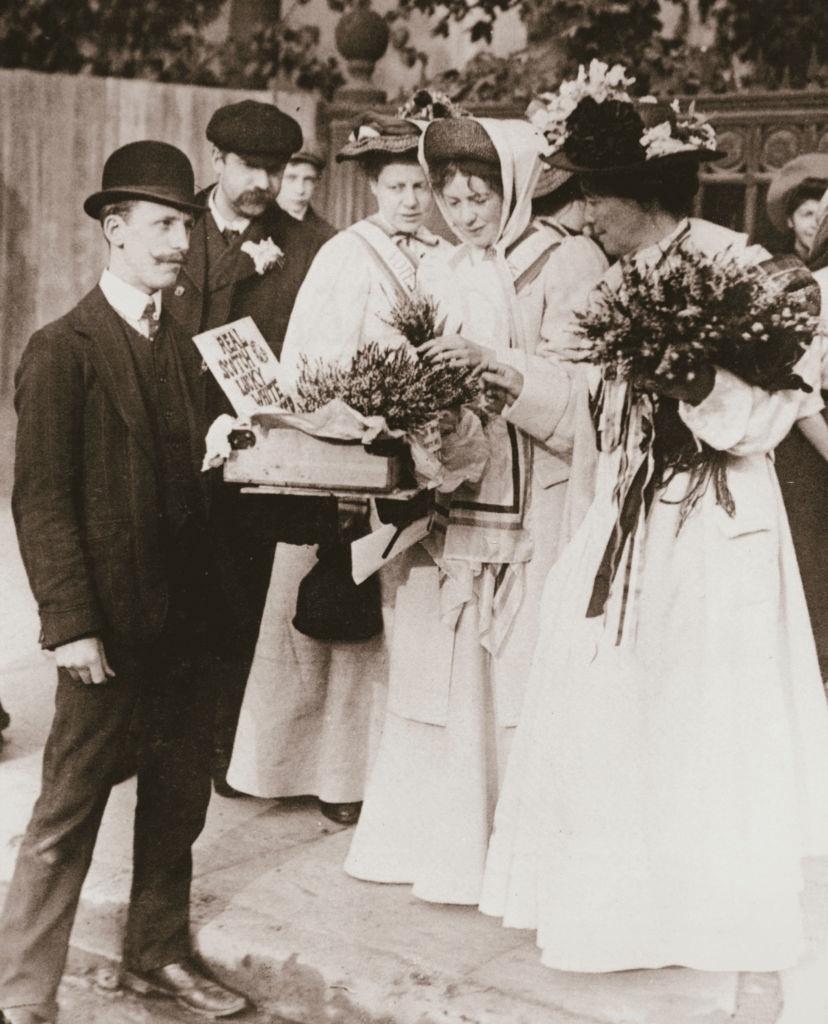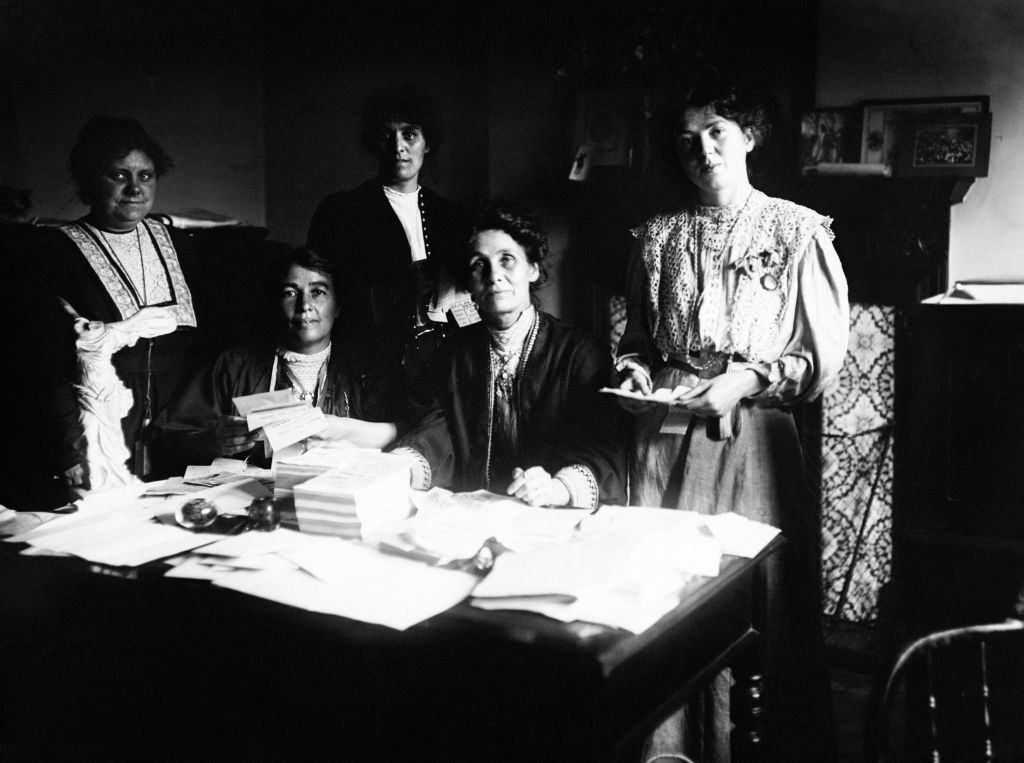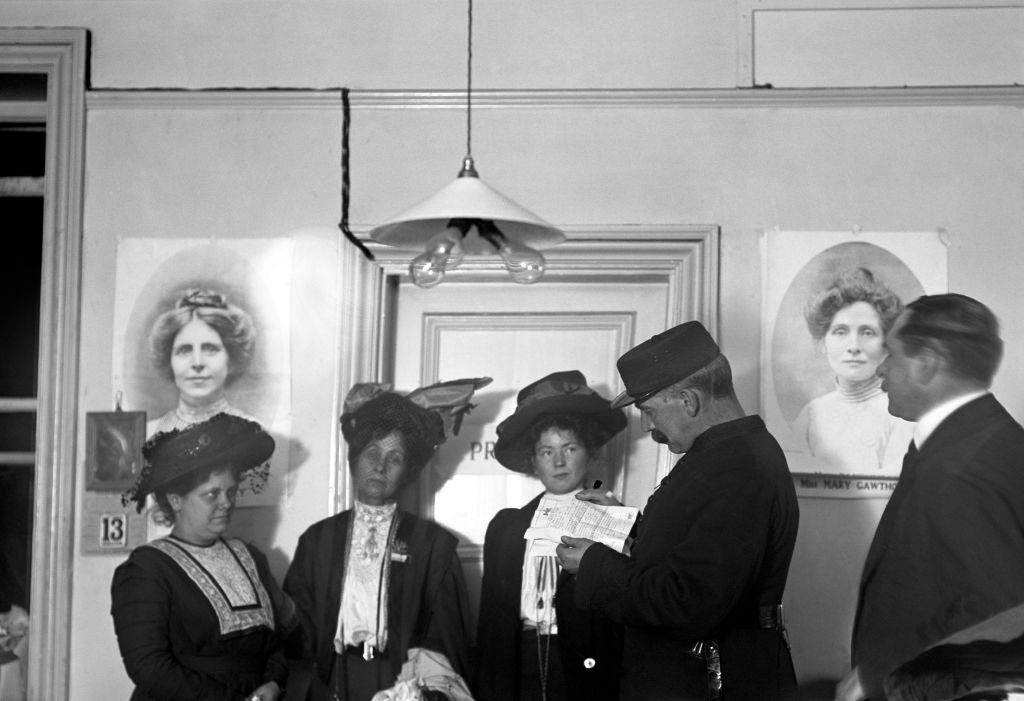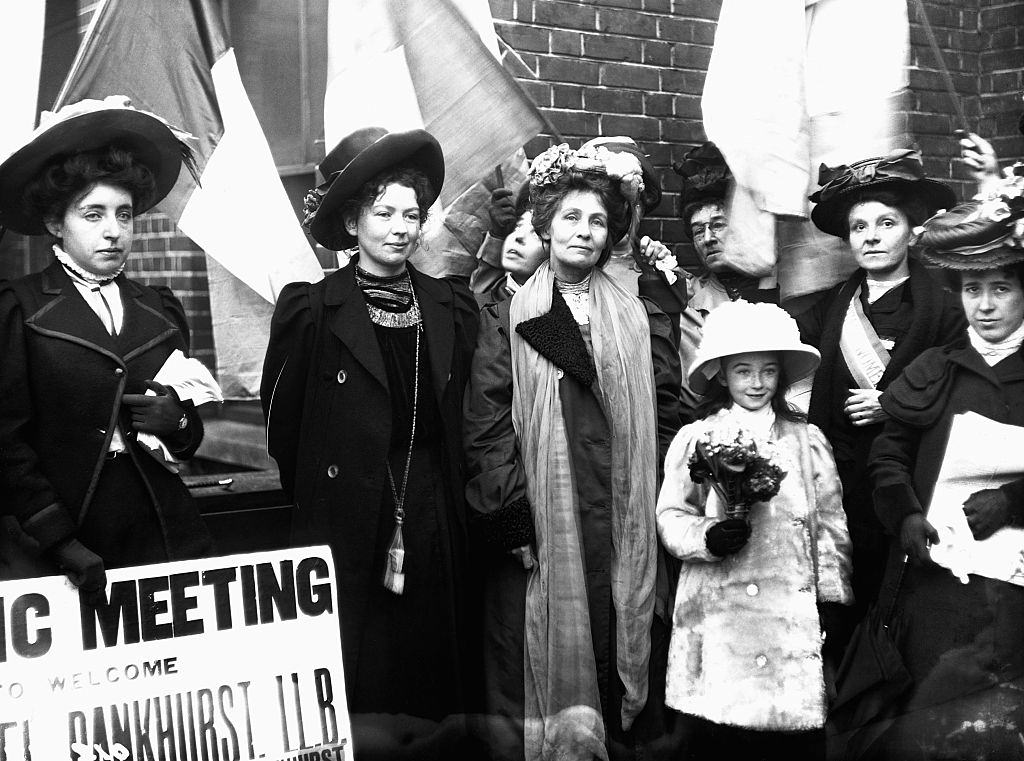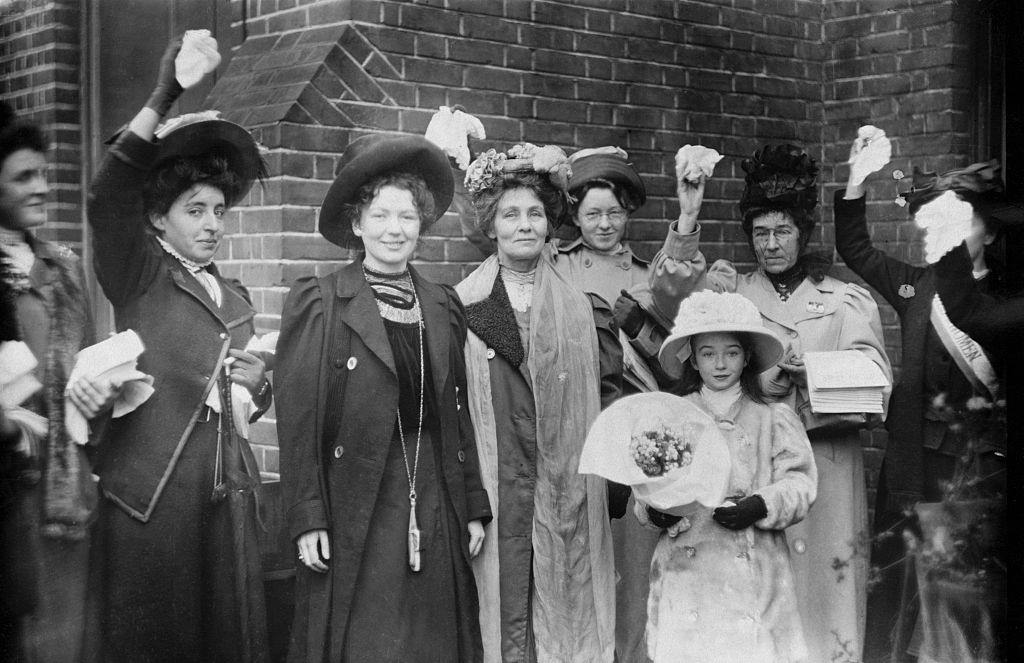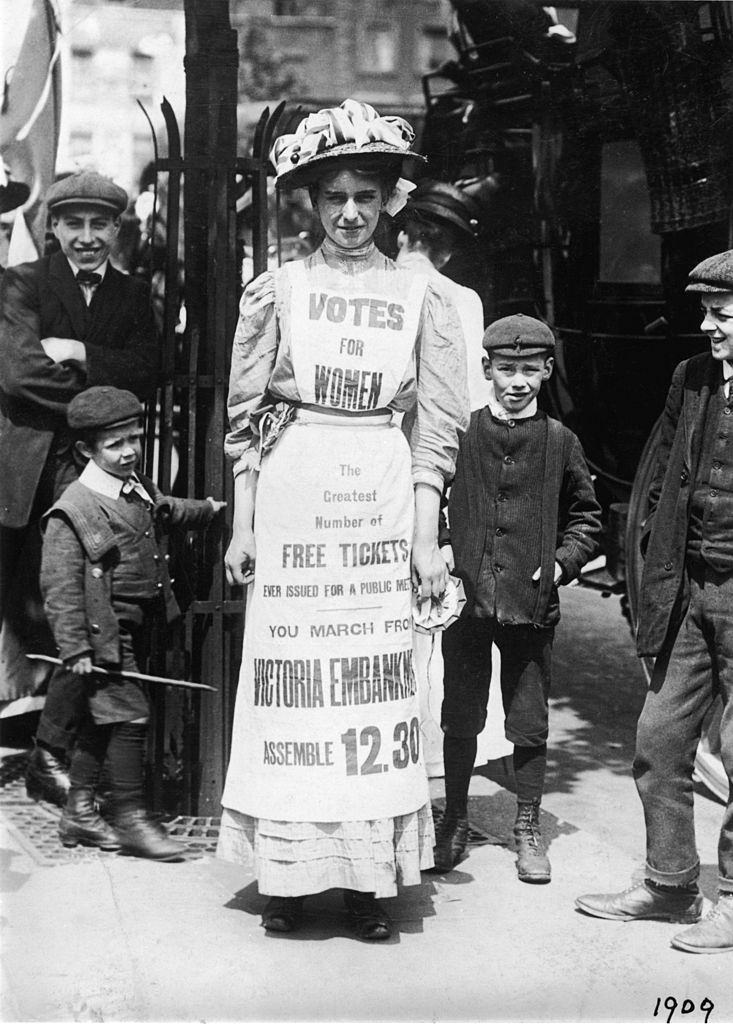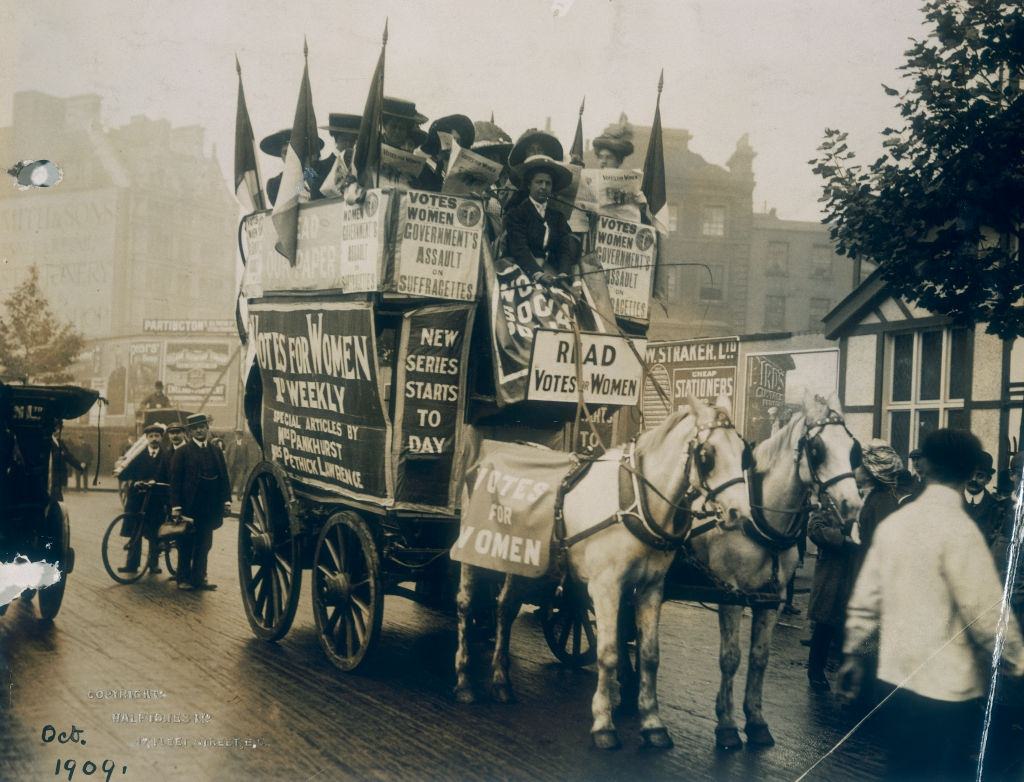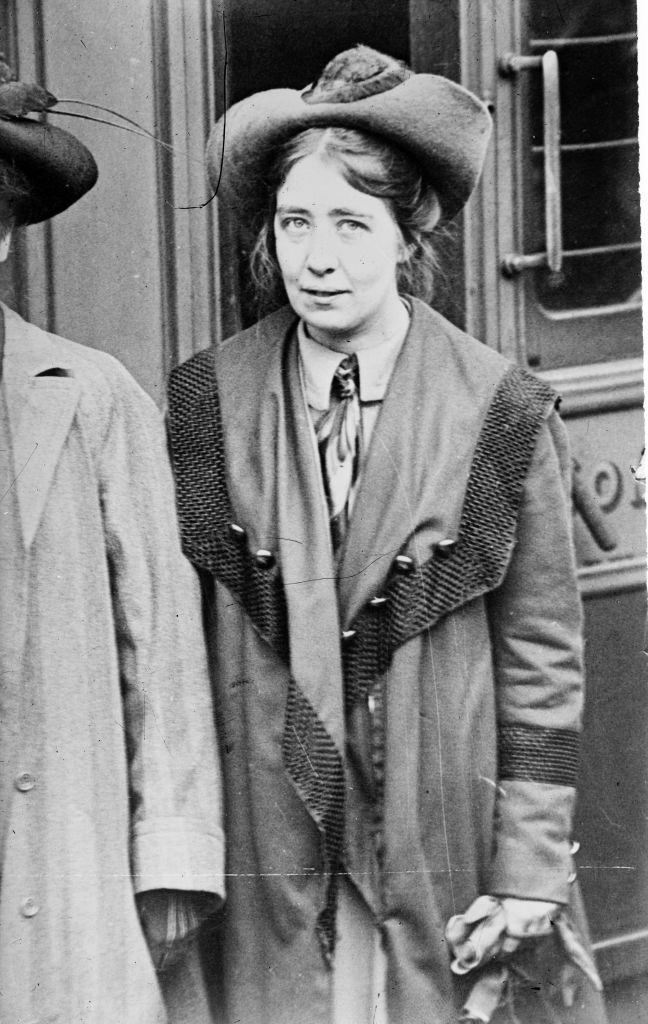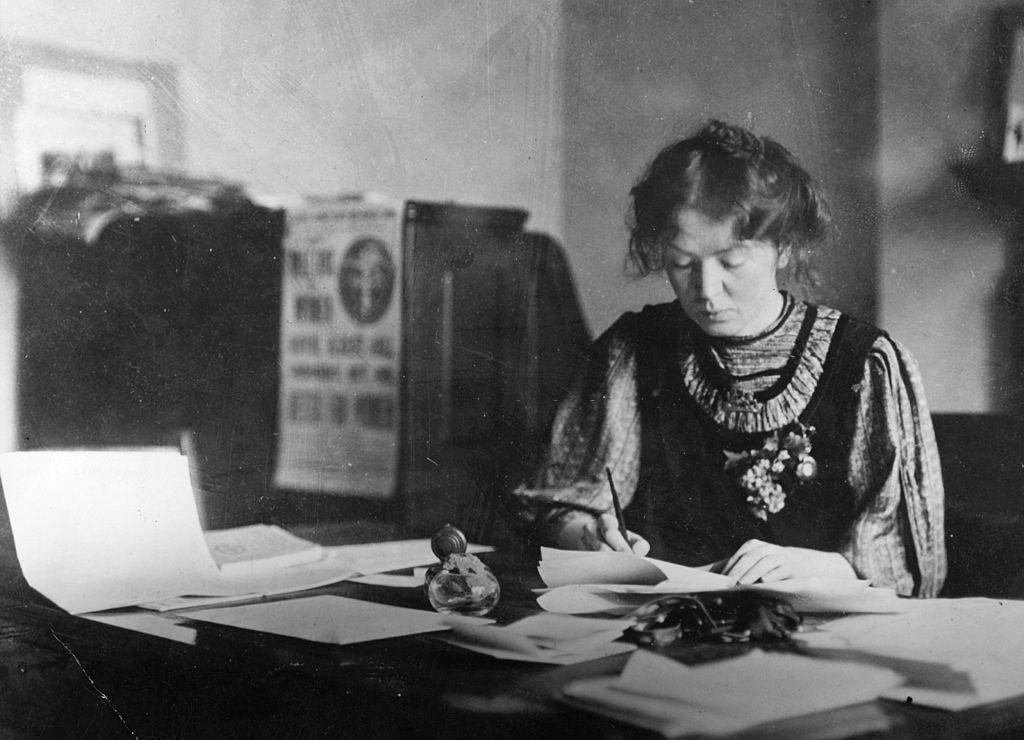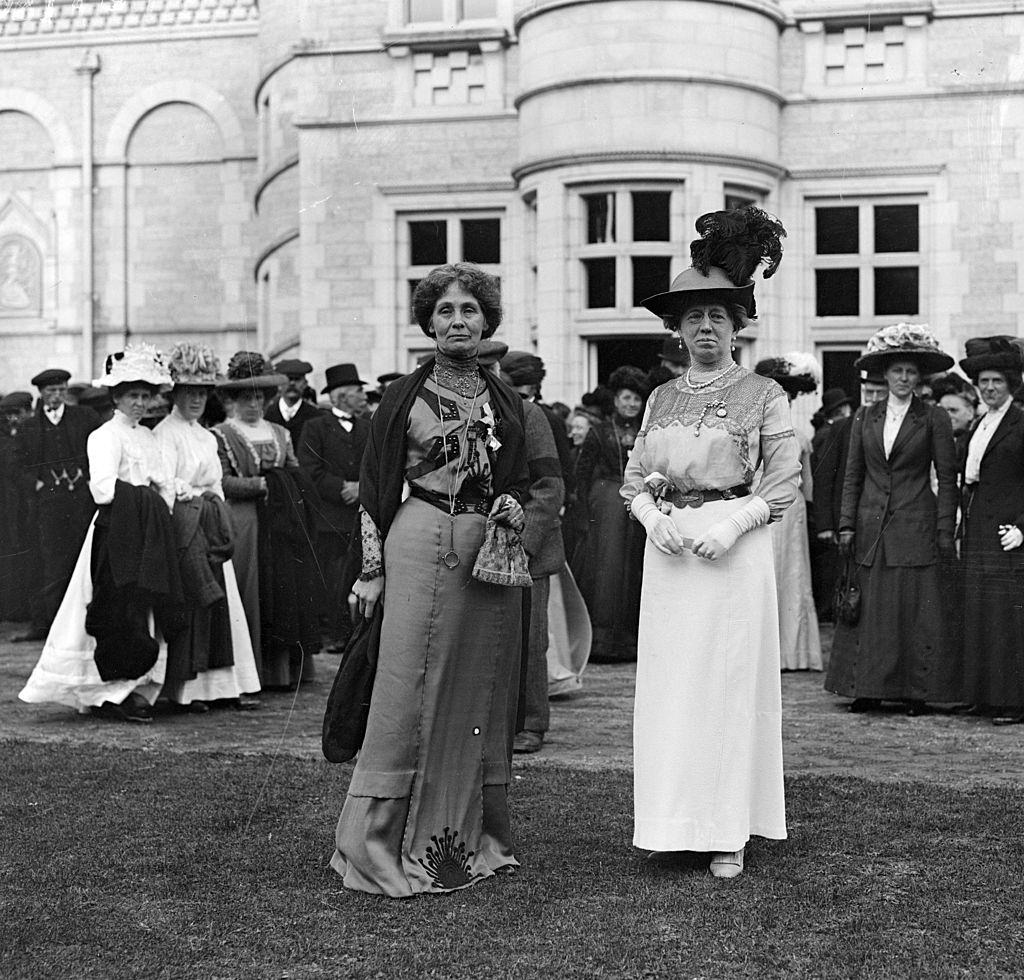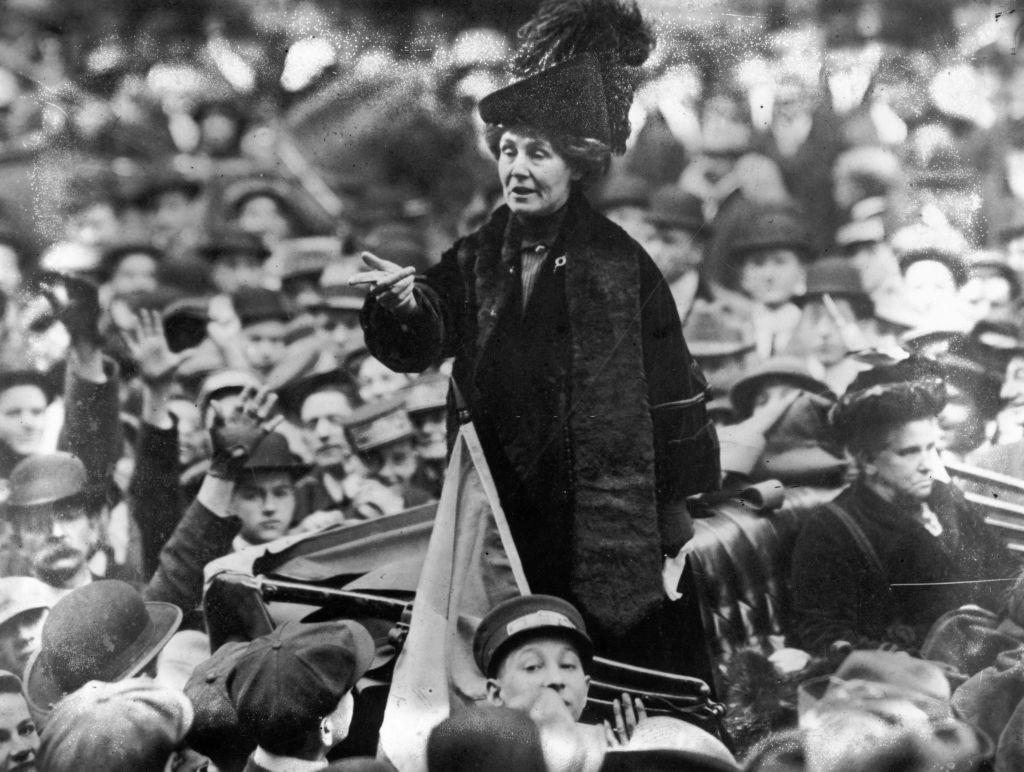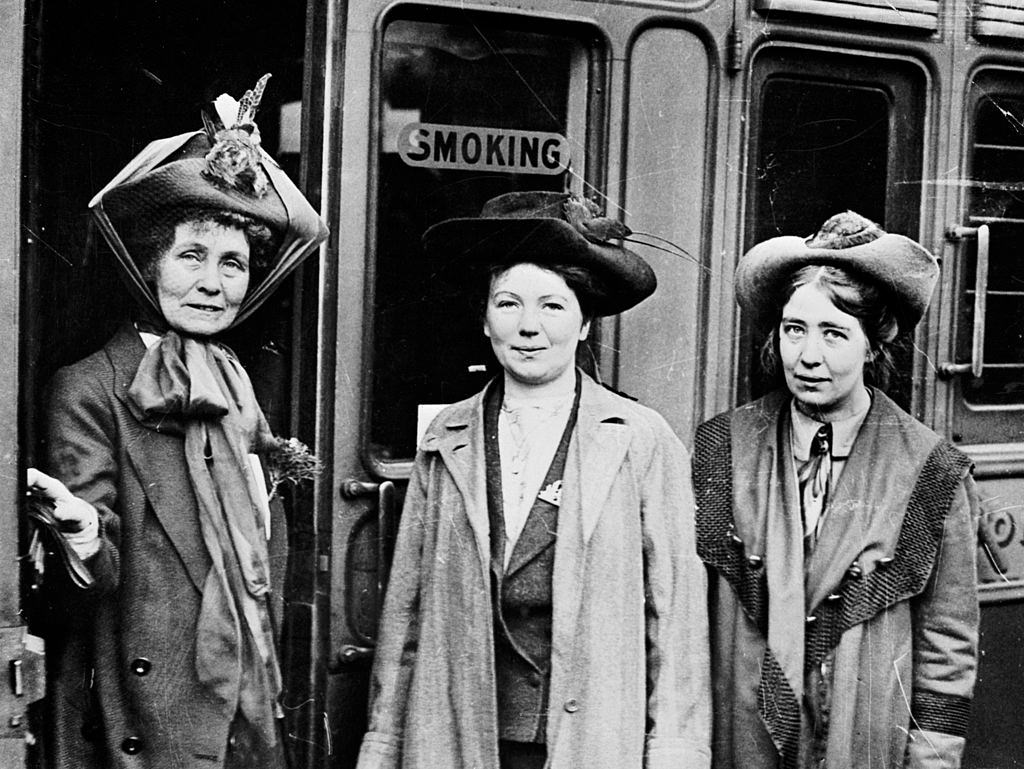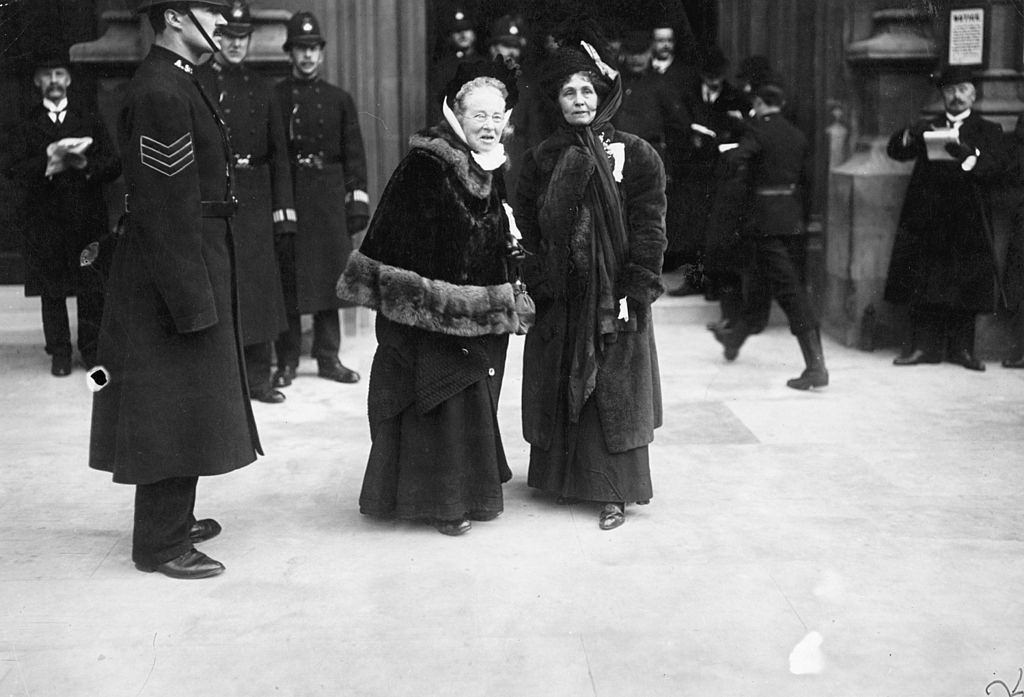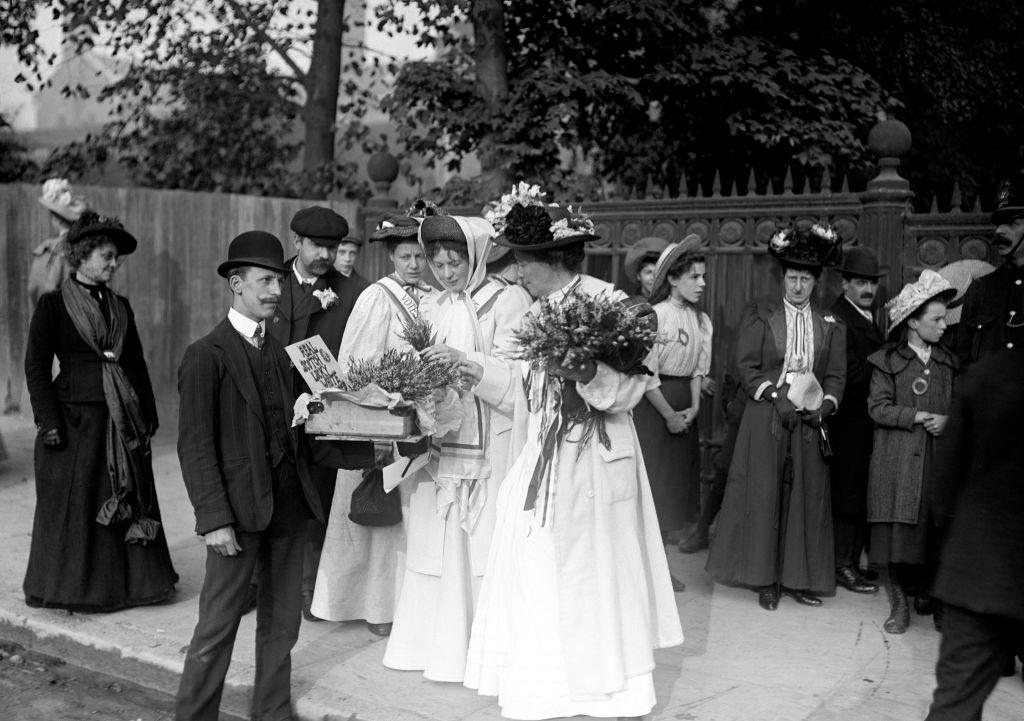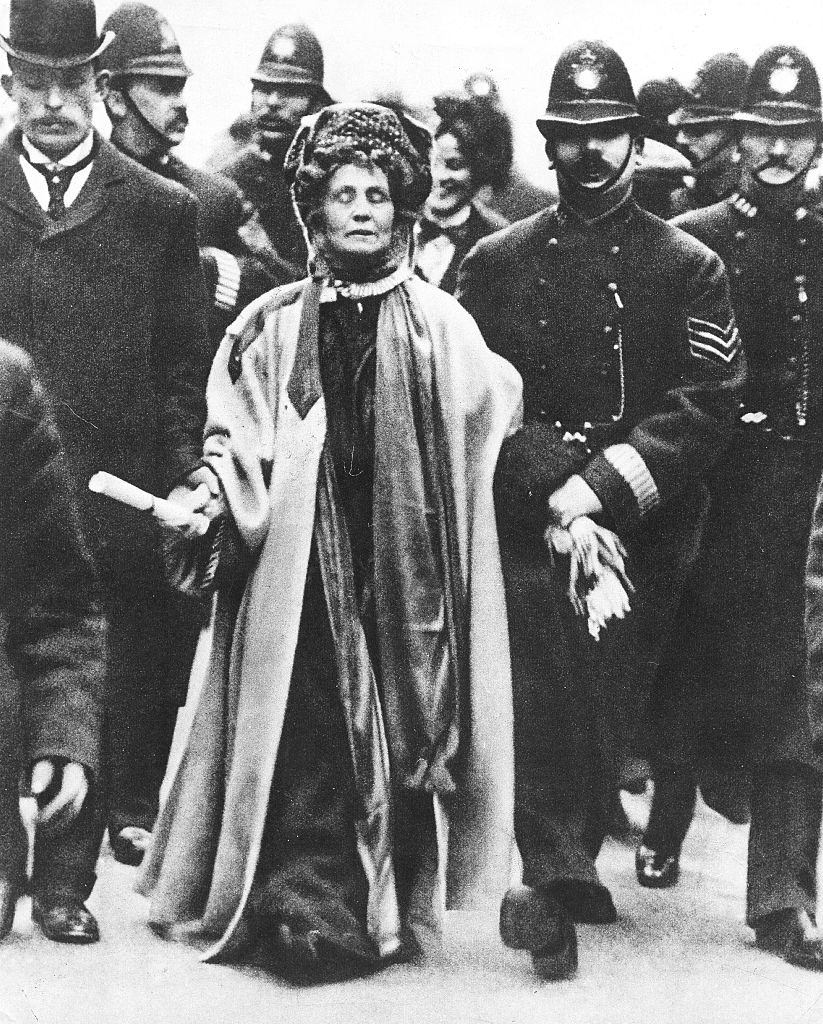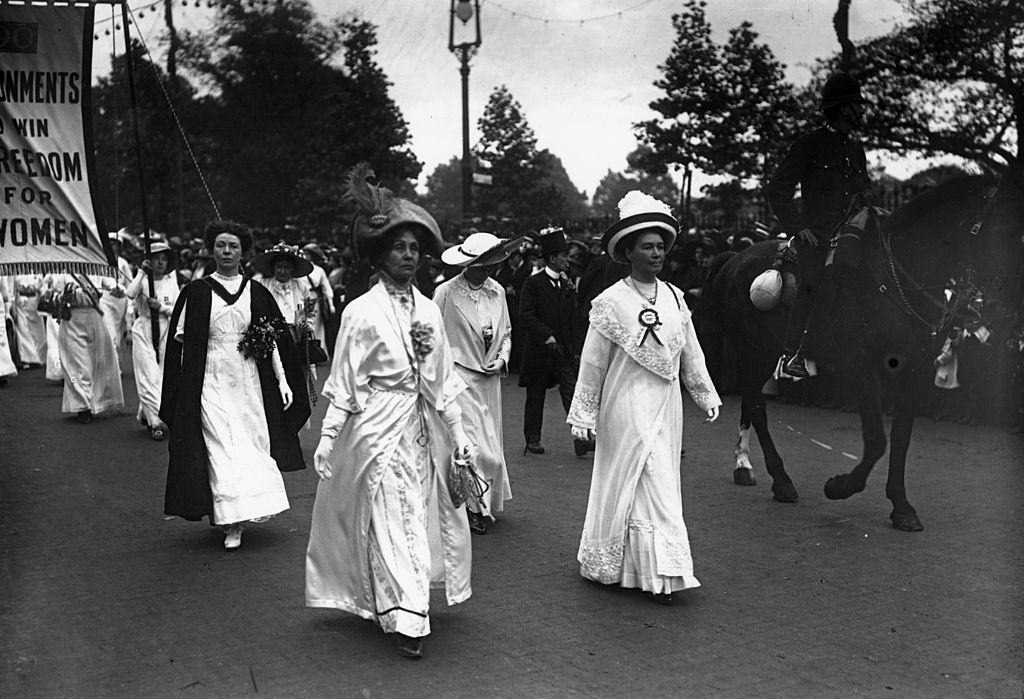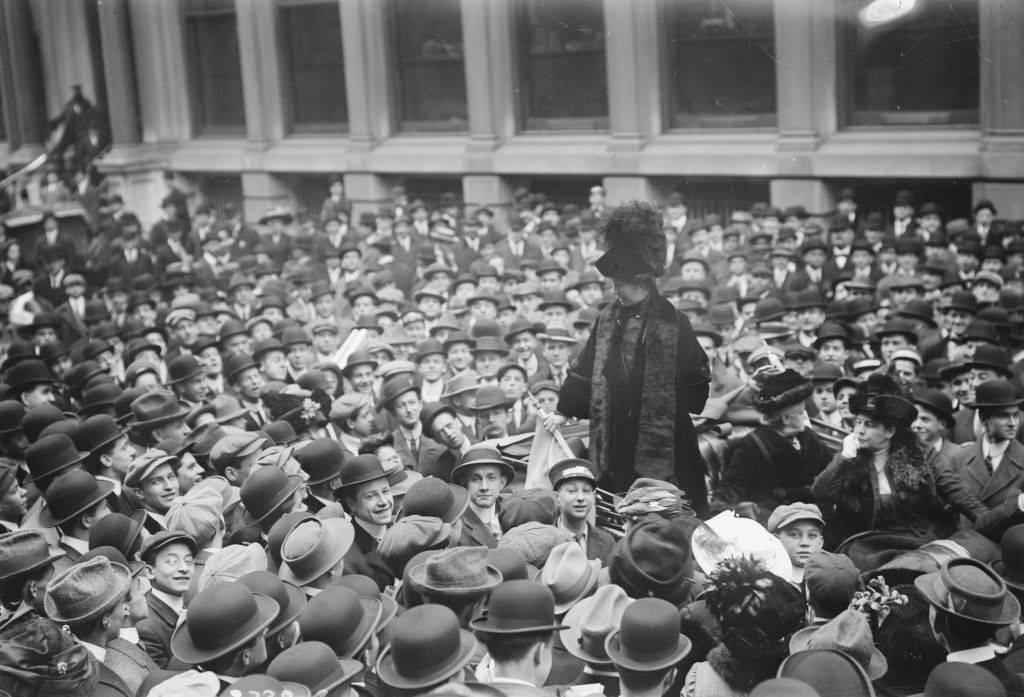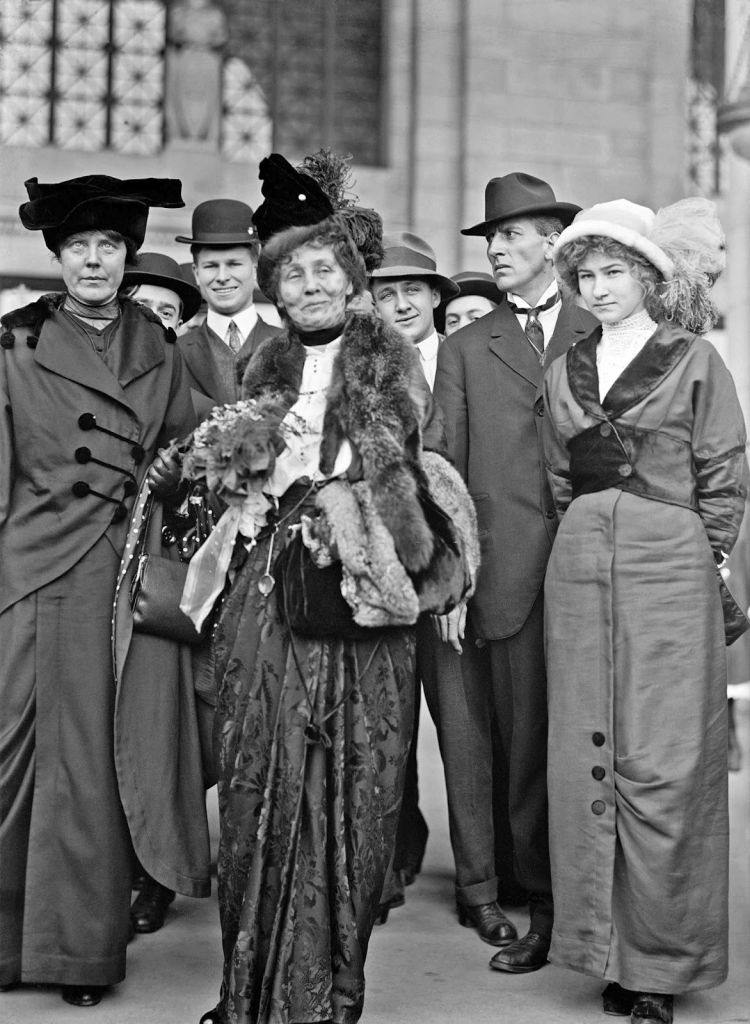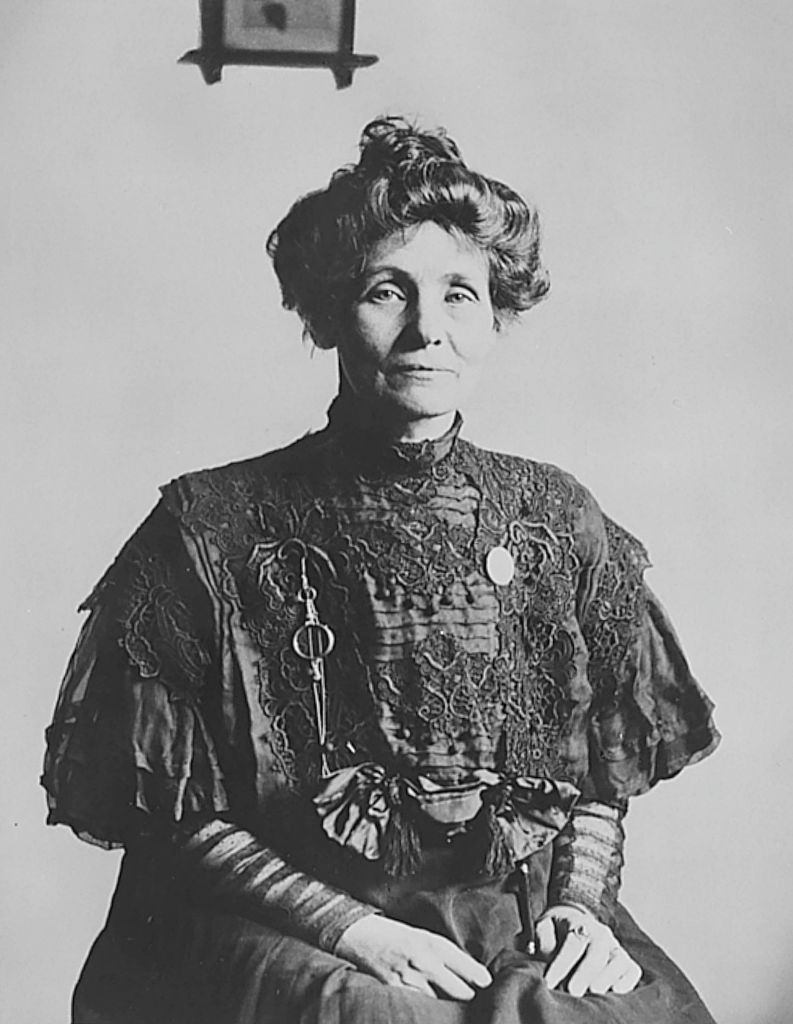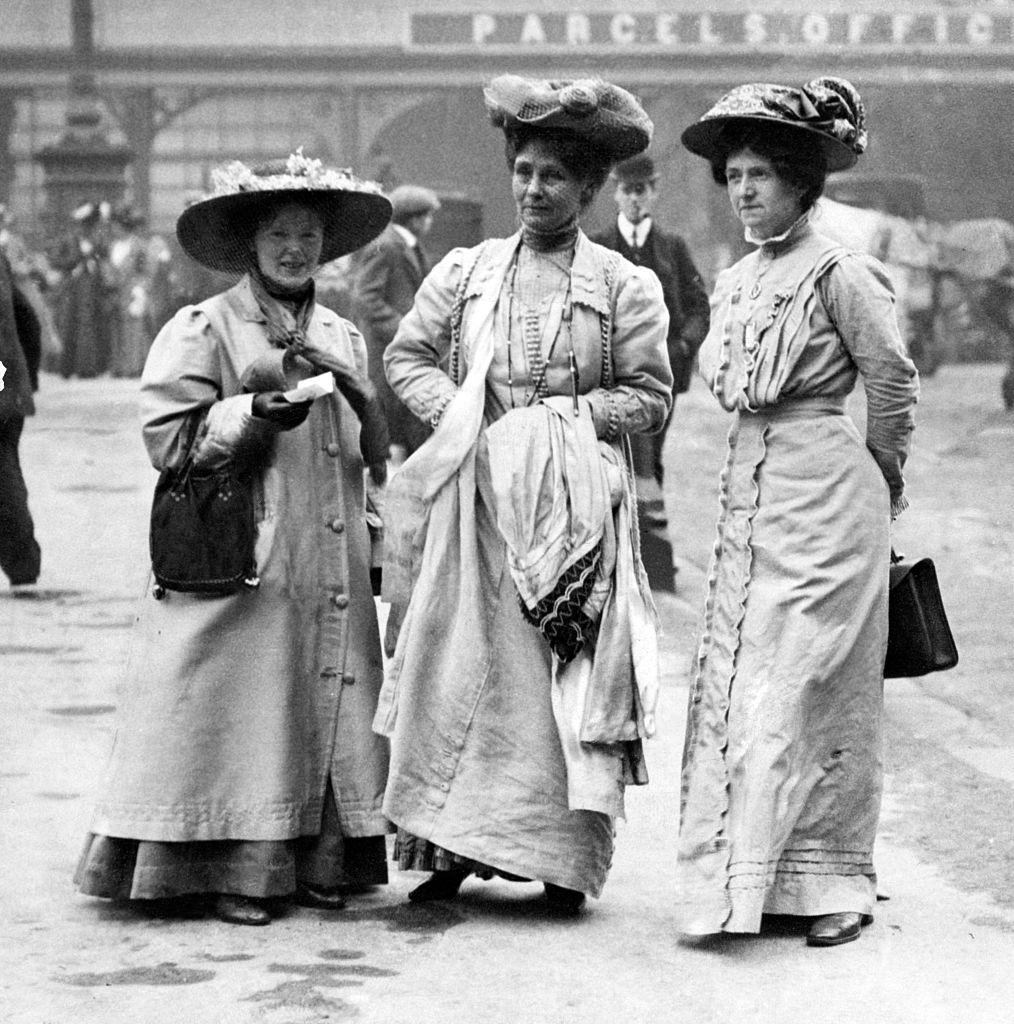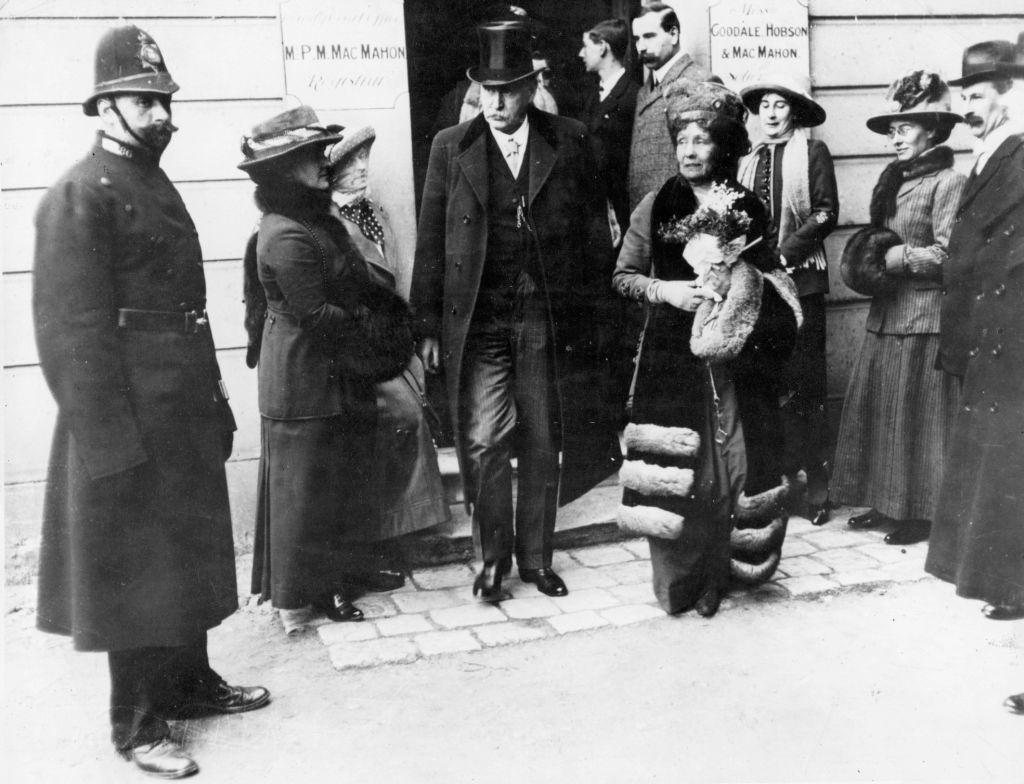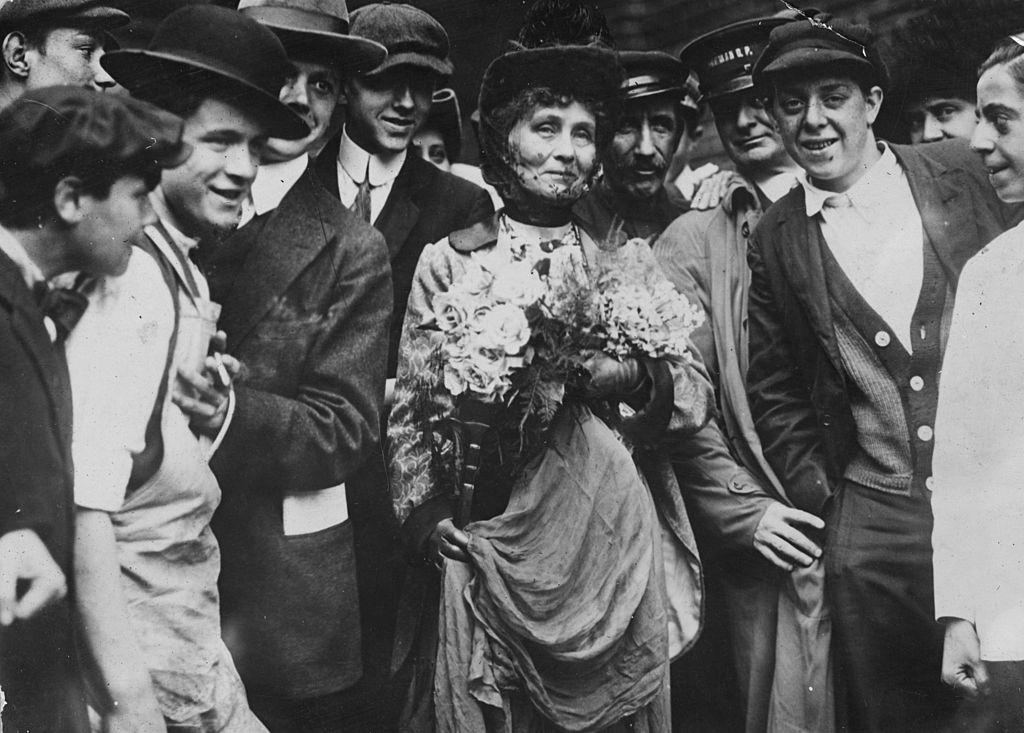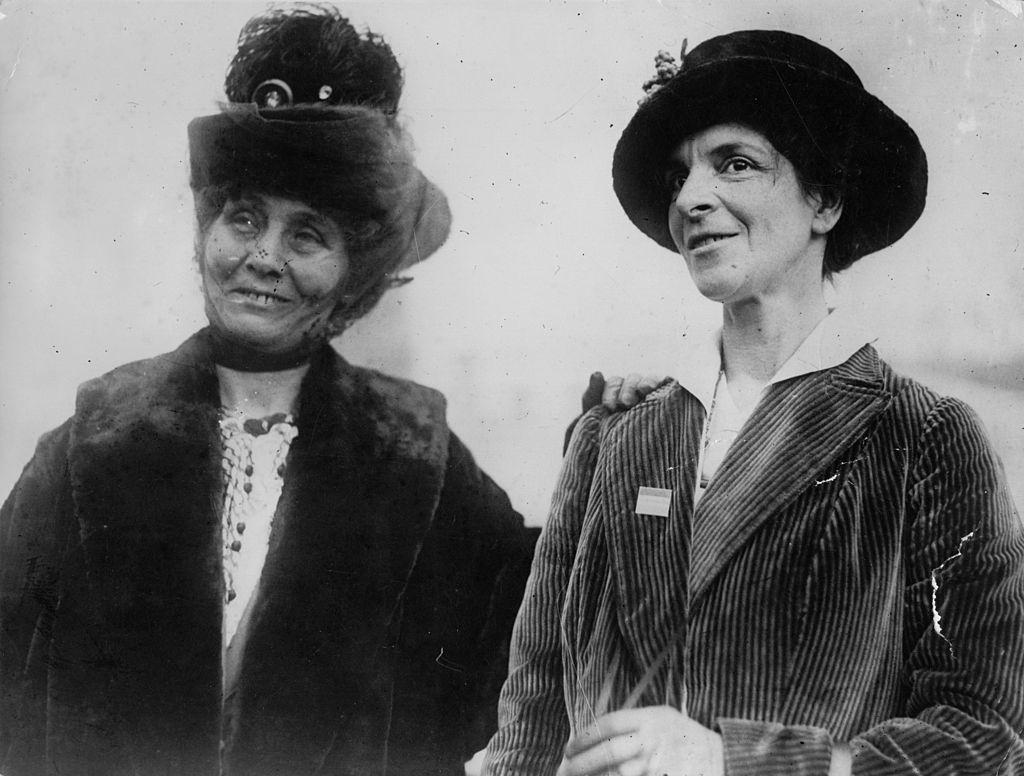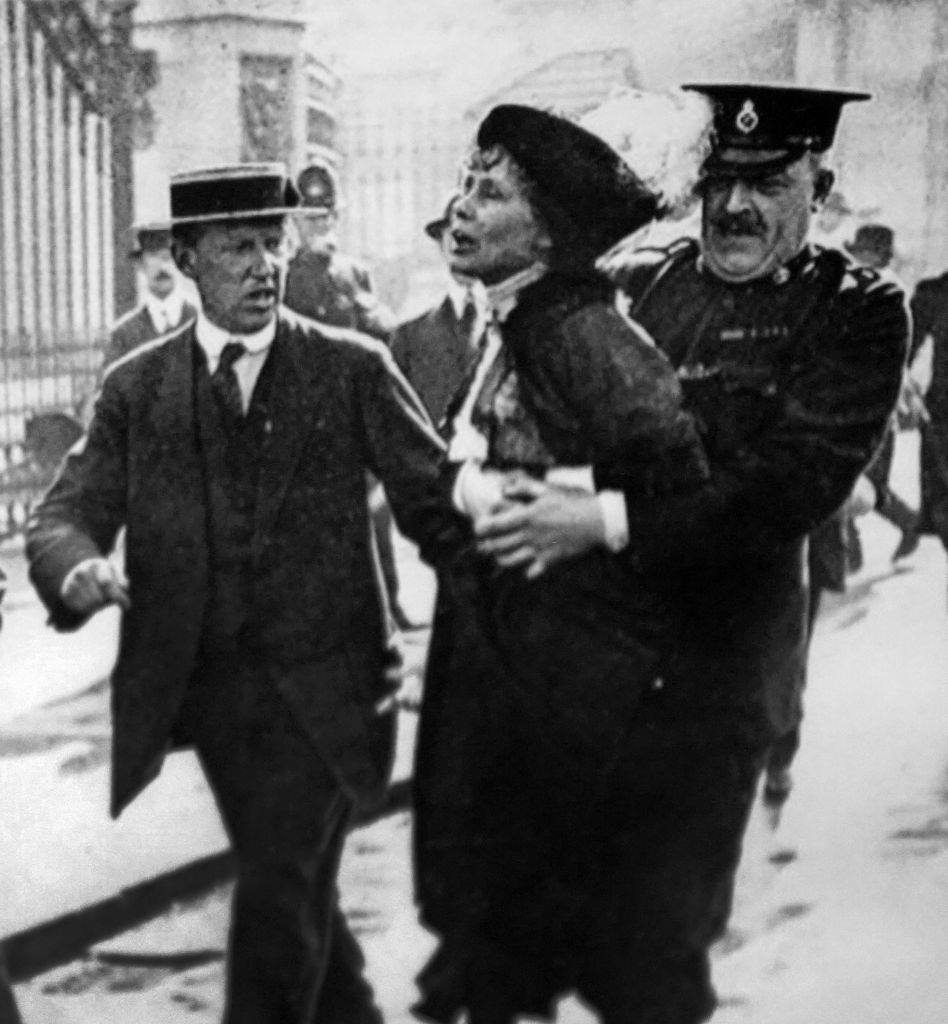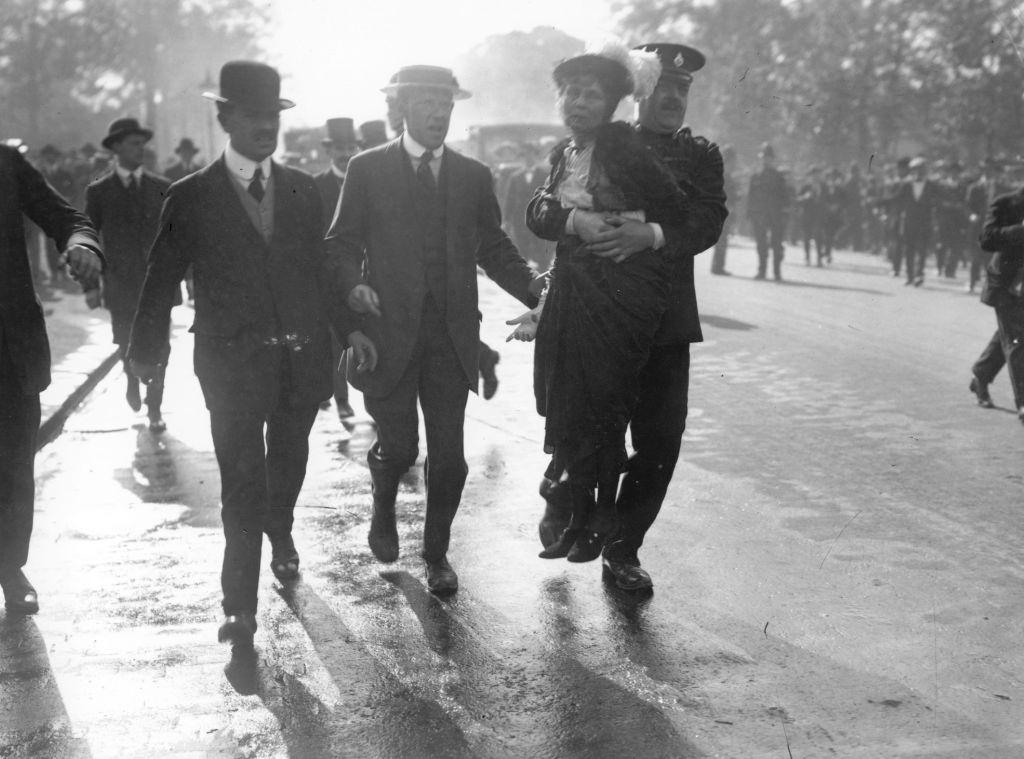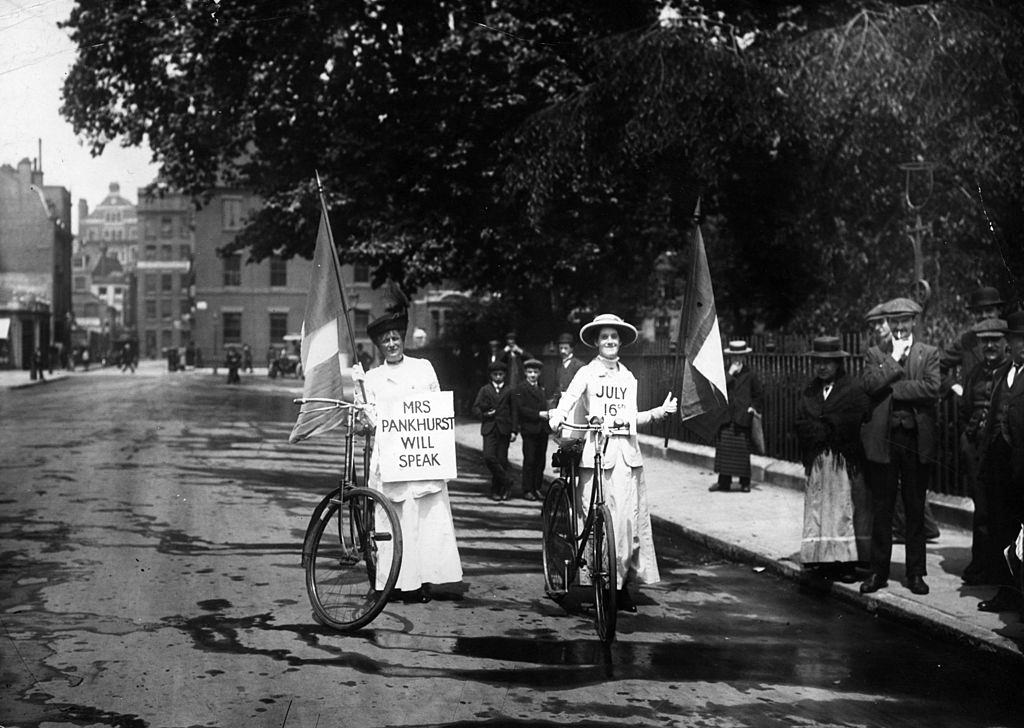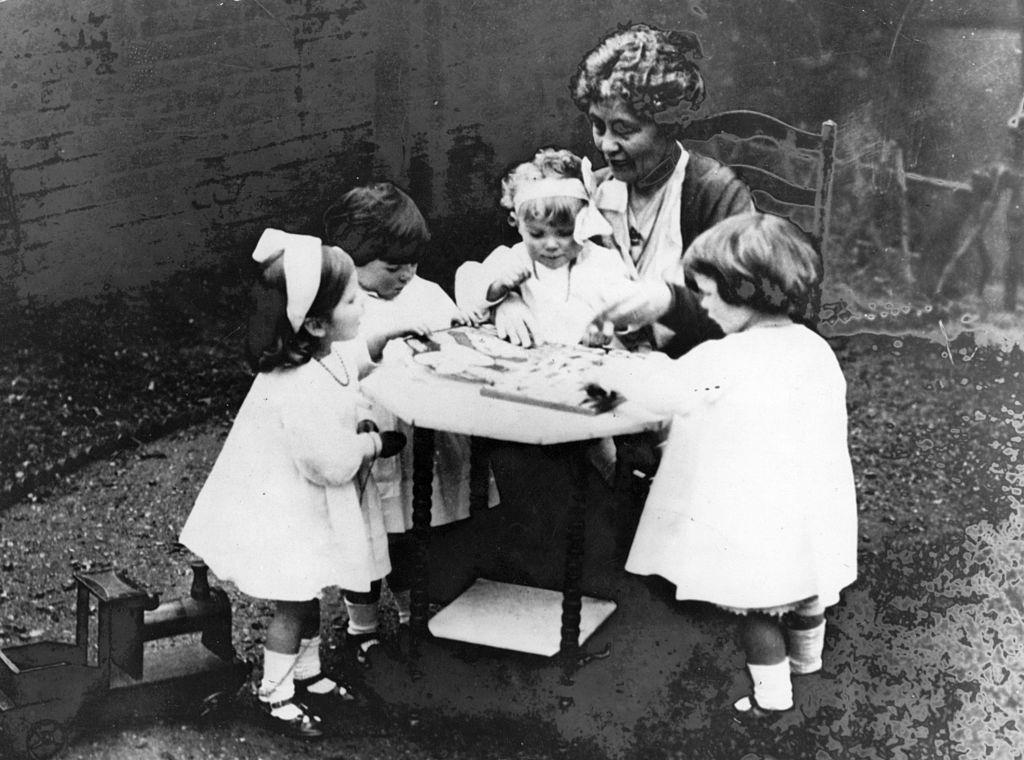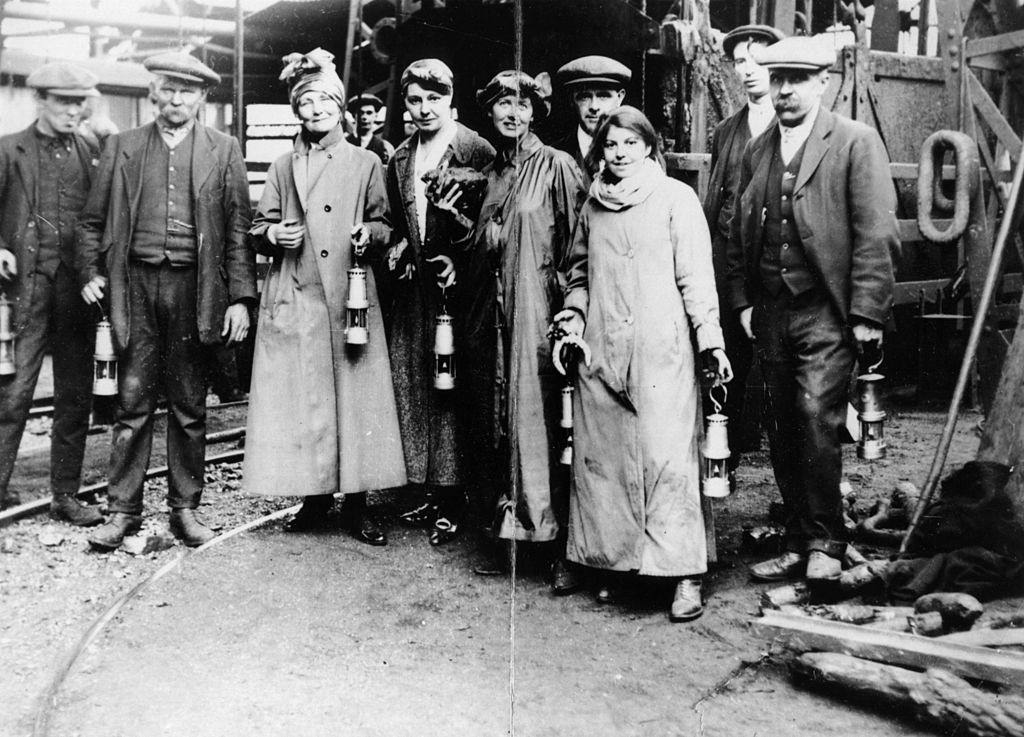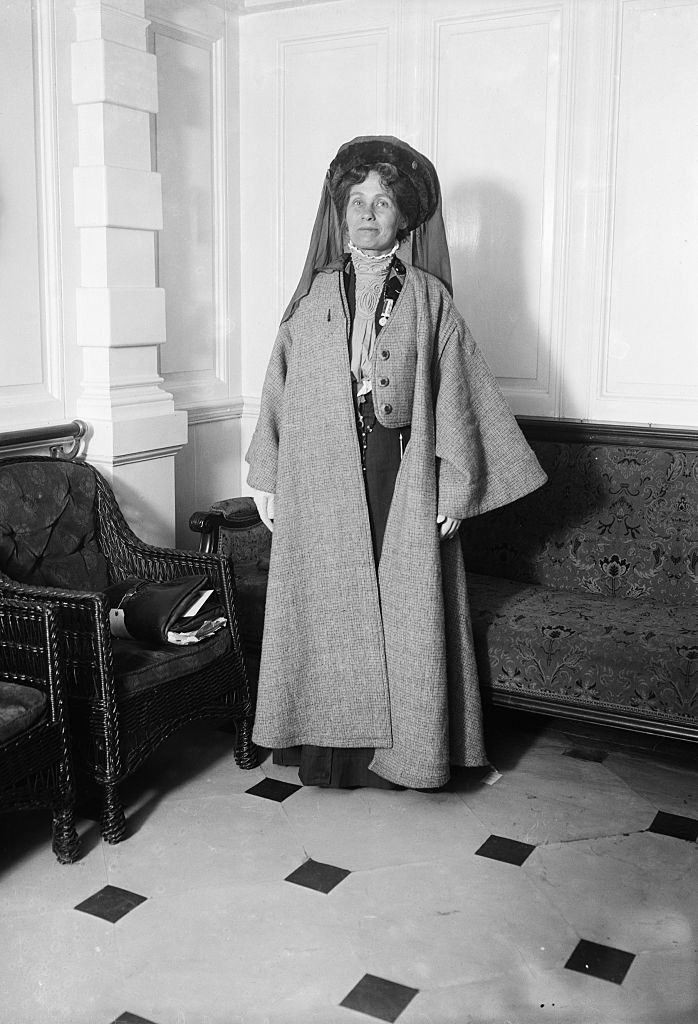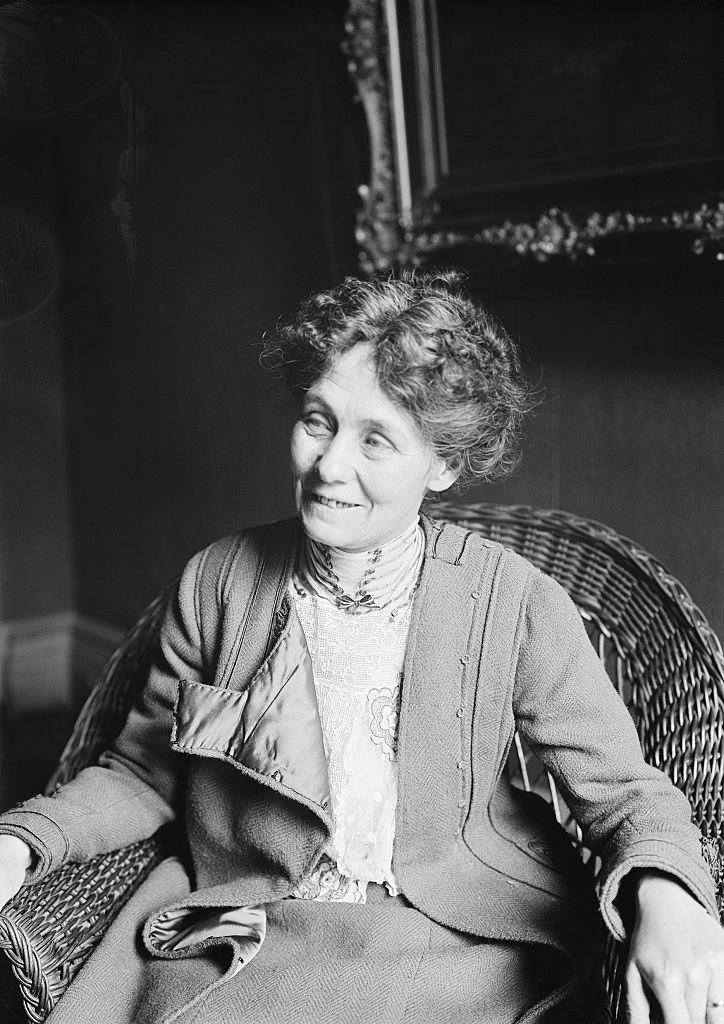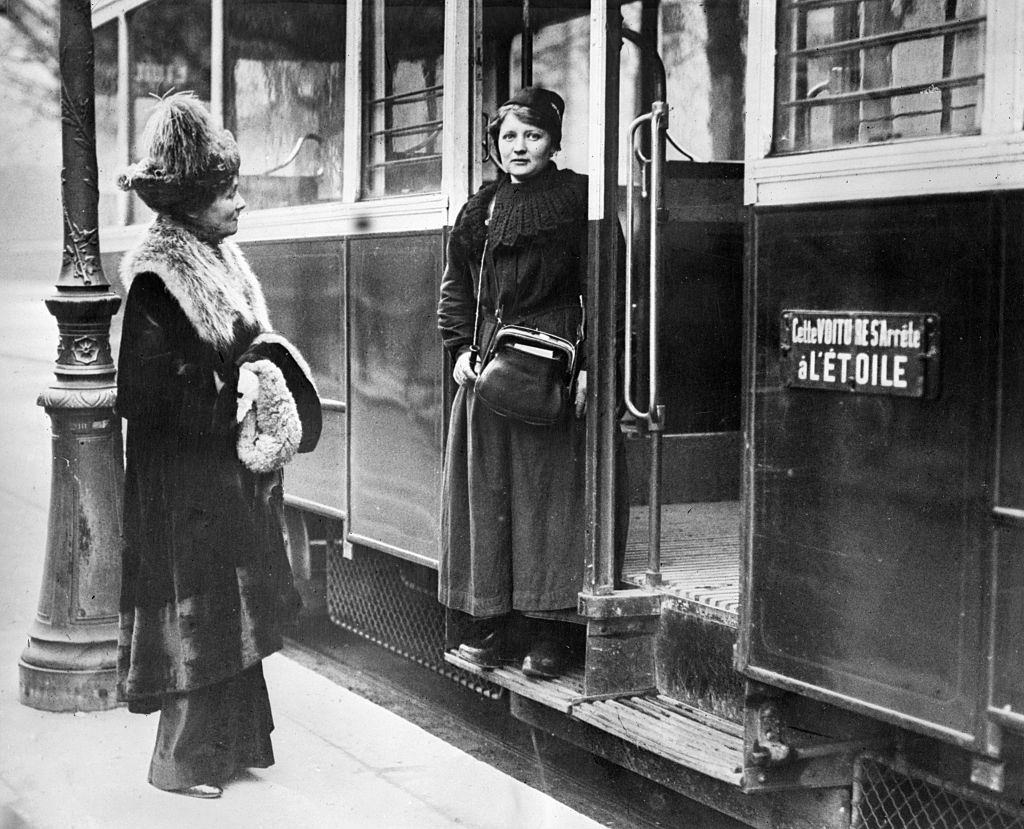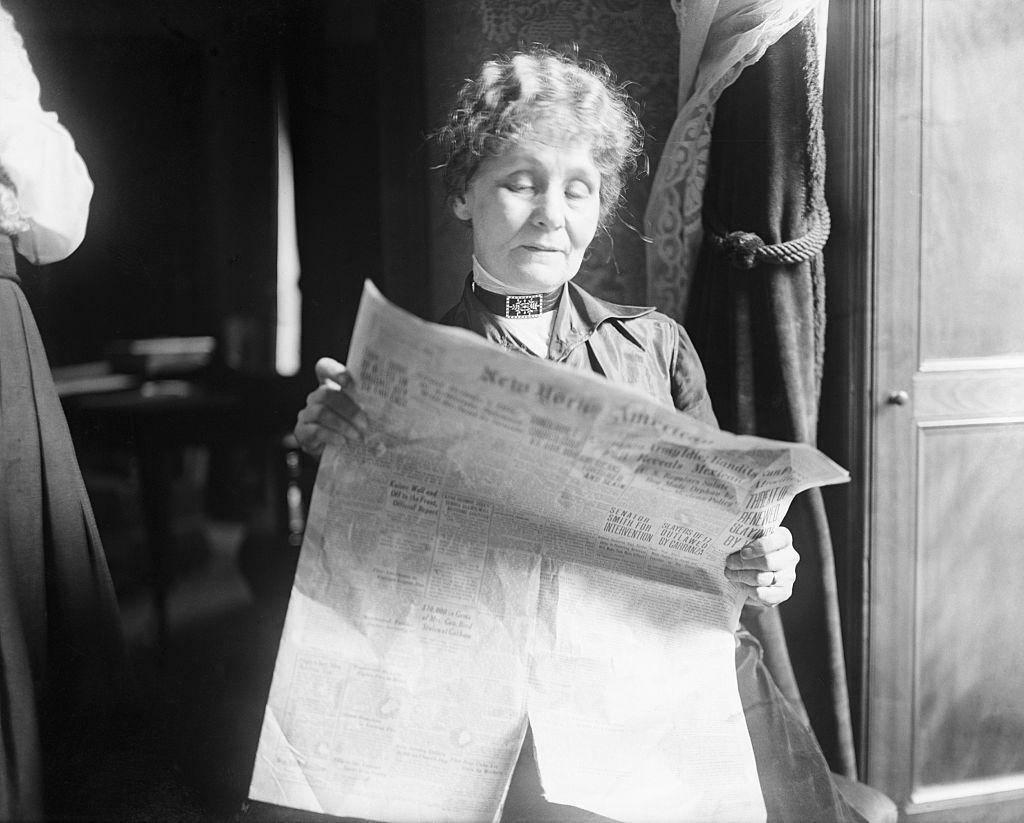Emmeline Pankhurst was a leading British activist for women’s rights who worked to gain the right to vote for women. Time magazine named her one of the 100 Most Important People of the 20th Century in 1999, stating that she “shaped an idea of objects for our time” and “shook society into a new pattern that could never be reversed.”. Founder of the Women’s Social and Political Union in 1903, she fought for the vote for women by utilizing militant tactics. After World War I broke out, Pankhurst was imprisoned several times but supported the war effort. 1918, the British Parliament granted limited suffrage to women. Pankhurst died in 1928, shortly before women were given the right to vote.
Early Life
In July 1858, Emma Goulden was born in Manchester, England. Growing up in a politically active family, she was the eldest of 10 children. Goulden’s parents were both abolitionists and female suffrage supporters. She was 14 when her mother took her to her first women’s suffrage meeting. Goulden, however, was disappointed that her parents prioritized their sons’ education over hers.
Beginning of her Political Activism
In 1878, Goulden returned to Manchester, where she met Dr. Richard Pankhurst. Richard was an attorney who supported many radical causes, including women’s suffrage. Goulden married Pankhurst in December 1879, although he was 24 years older than her.
Pankhurst gave birth to five children over the next decade. Pankhurst campaigned for her husband during his unsuccessful runs for Parliament and hosted political meetings at their house despite having children and other household responsibilities.
Women’s Franchise League, founded in 1889, aimed to empower all women (at the time, some organizations only sought the vote for widows and single women). Pankhurst was one of the early supporters of the Women’s Franchise League. Pankhurst’s husband encouraged her in these endeavors until he died in 1898.
The rise of Suffragettes
Pankhurst’s daughter Christabel and fellow WSPU member Annie Kenney attended a meeting to demand that the Liberal Party support women’s suffrage. Police arrested both women following a confrontation with them. Pankhurst based the WSPU’s more combative stance on the attention and interest that followed her arrest. In the next few years, Pankhurst encouraged WSPU members to halt their demonstrations when a bill regarding women’s suffrage looked possible to pass. however, the Conciliation Bills that included women’s suffrage failed to advance WSPU protested again. By 1913, WSPU members had broken windows, vandalized public art, and set fires.
The suffragettes were arrested throughout these protests, but in 1909 they began to engage in hunger strikes. The hunger strikes resulted in violent force-feeding, but many suffragettes were released early because of the strike. The same year Pankhurst was jailed for nine months for throwing a rock at the prime minister’s residence, she began a hunger strike. However, she was soon released.
Pankhurst was sentenced to three years of penal servitude for inciting the crime that led to an incendiary device going off in an unoccupied house being built for chancellor of the exchequer, David Lloyd George. A hunger strike led to Pankhurst’s release, but the Cat and Mouse Act triggered a series of re-arrests and releases. During a furlough, she toured the United States for fund-raising and lecturing, which continued past 1914. Then came World War I, and everything changed.
World War I and the Right to Vote
To secure their right to vote, Pankhurst called a halt to militancy and demonstrations. Pankhurst encouraged women to join the war effort and fill factory jobs so that men could fight on the front, so the government released all WSPU prisoners.
We are here, not because we are law-breakers; we are here in our efforts to become law-makers.
British women’s contributions during the WWI helped convince the government to grant them limited voting rights-for those who met a property requirement and were 30 years of age. A second bill cleared the way for women to be elected to Parliament later that year.
Pankhurst’s daughters were all members of the WSPU at some point, but she could only reunite with Christabel to celebrate (limited) suffrage. Her daughter, Adela, moved to Australia while Sylvia disagreed with Pankhurst’s stance on the war.
After the war, Pankhurst’s politics changed, but she still wanted universal suffrage for women. Concerned about the rise of Bolshevism, she joined the Conservative Party. As a Conservative, Pankhurst even ran for Parliament, but her campaign was disrupted by illness. On June 14, 1928, Pankhurst died in London at the age of 69.
On July 2, 1928, Parliament gave women the same voting rights as men. Pankhurst did not live to see it.
Below are some historical photos that offer a glimpse into the life of Emmeline Pankhurst.
#1 Emmeline Panklhurst, 1895.
#2 Mrs. Pankhurst has just left London accompanied by Miss Christopher St. John and Miss Craig, daughter of Ellen Terry.
#3 Emmeline Pankhurst with Friends, 1890.
#4 Emmeline Pankhurst is force-fed through the nose during a hunger strike in prison.
#5 Emmeline Pankhurst surrounded by police officers, 1900.
#6 Emmeline Pankhurst with Lucy Burns and other American suffragettes.
#7 Emmeline Pankhurst pauses in her reading for a portrait.
#8 Emmeline Pankhurst standing with a group of men.
#9 Emmeline Pankhurst is arrested for the eigth time in three years, 1914.
#10 Sylvia Pankhurst the daughter of Emmeline Pankhurst.
#11 Emmeline Pankhurst Collapsing, 1913.
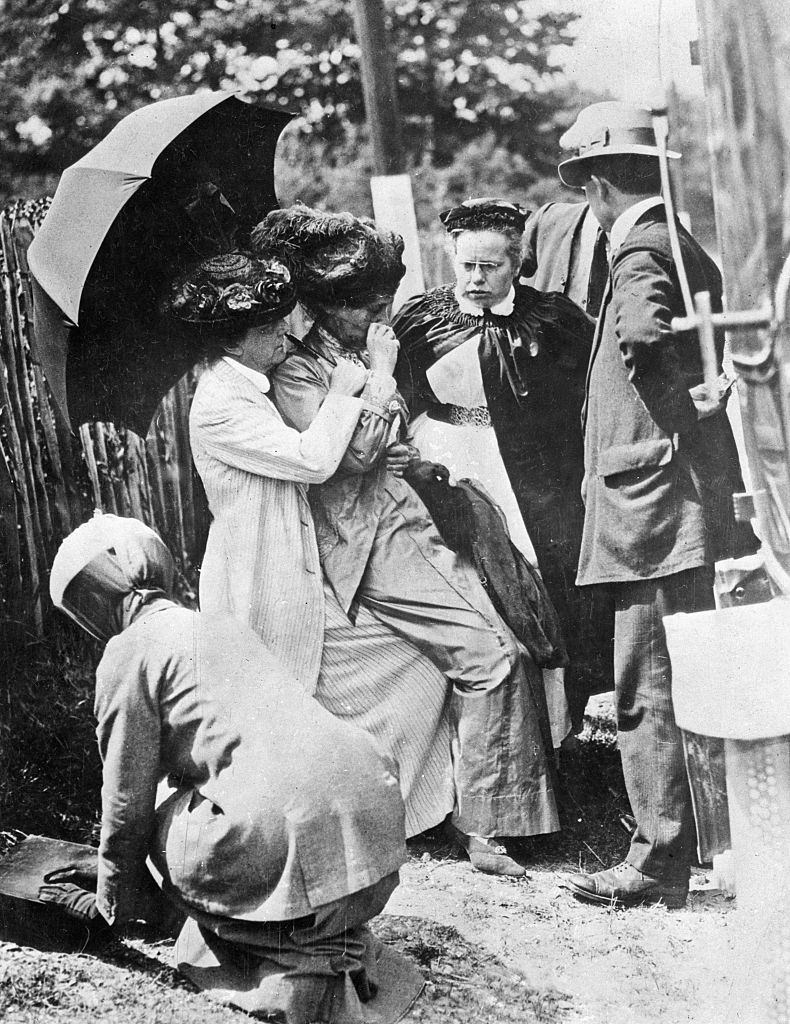
Confined to a nursing home, after forcible feeding in jail had undermined her health, Mrs. Emmeline Pankhurst tried to flee and was intercepted by detectives. Here she is in a state of semi-collapse in the arms of a friend, while a detective interrogates her just after she left the nursing home.


